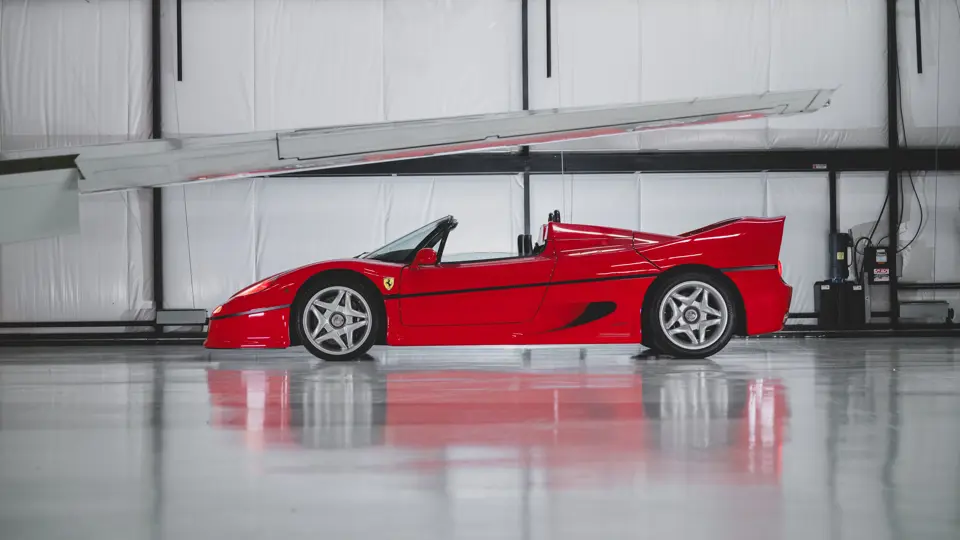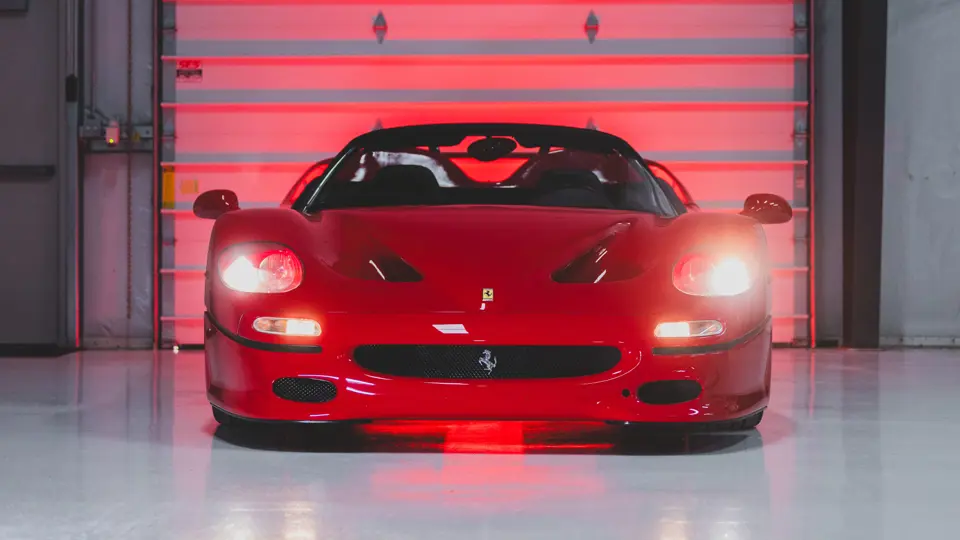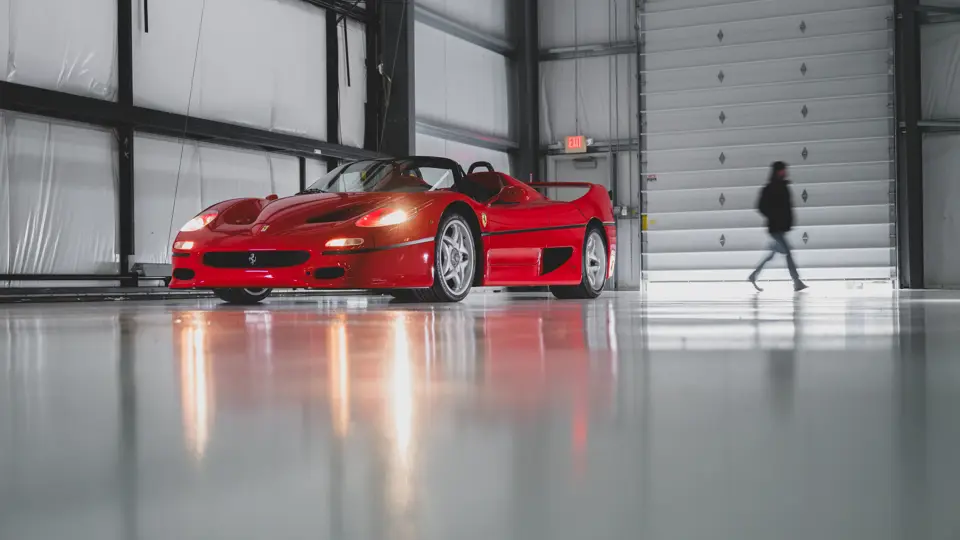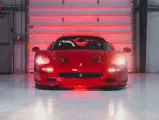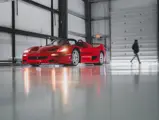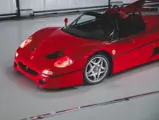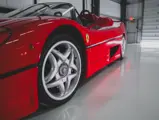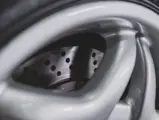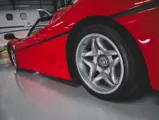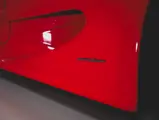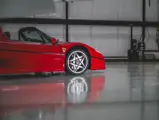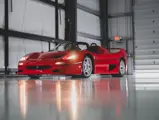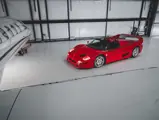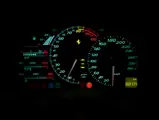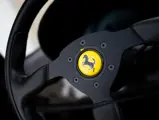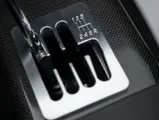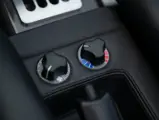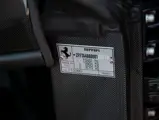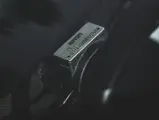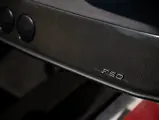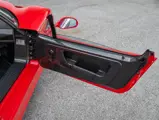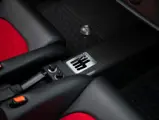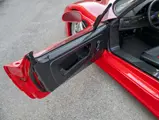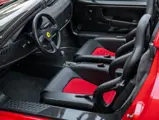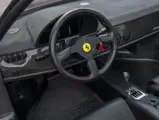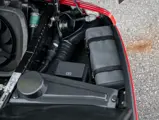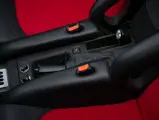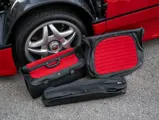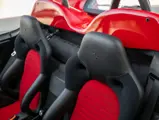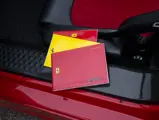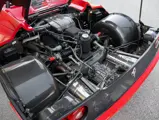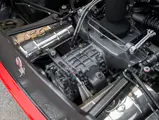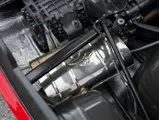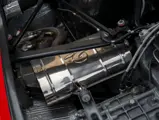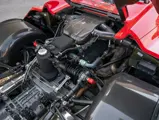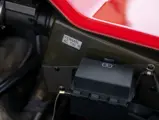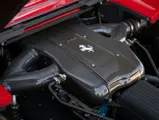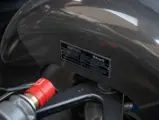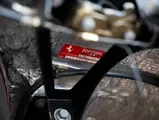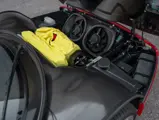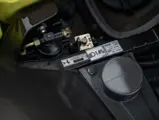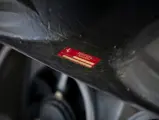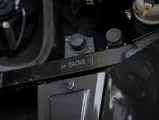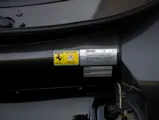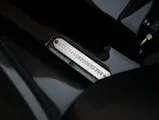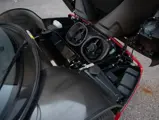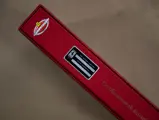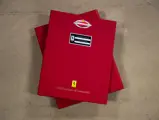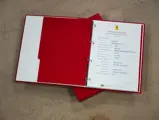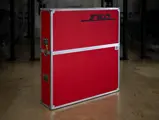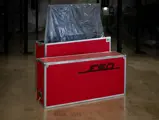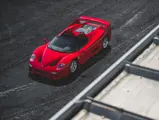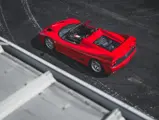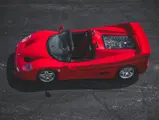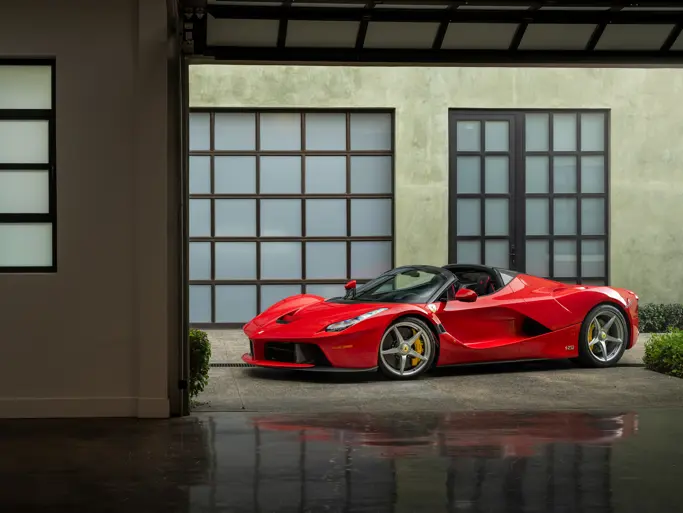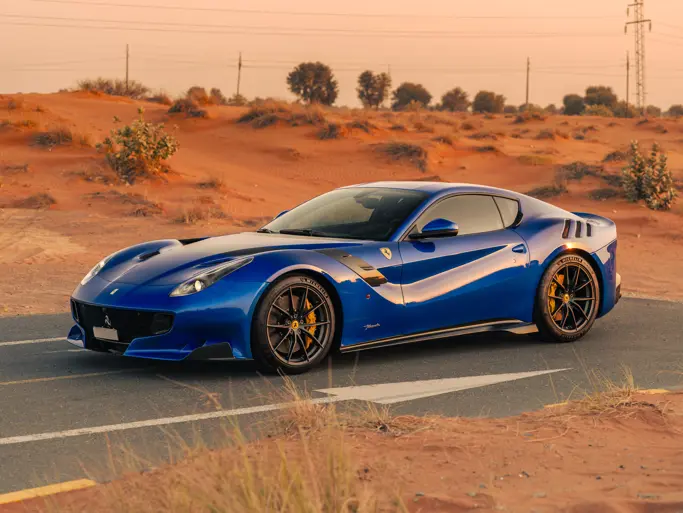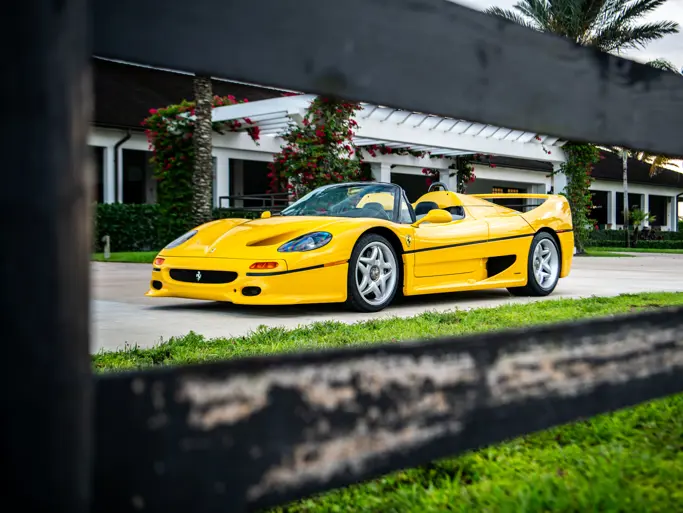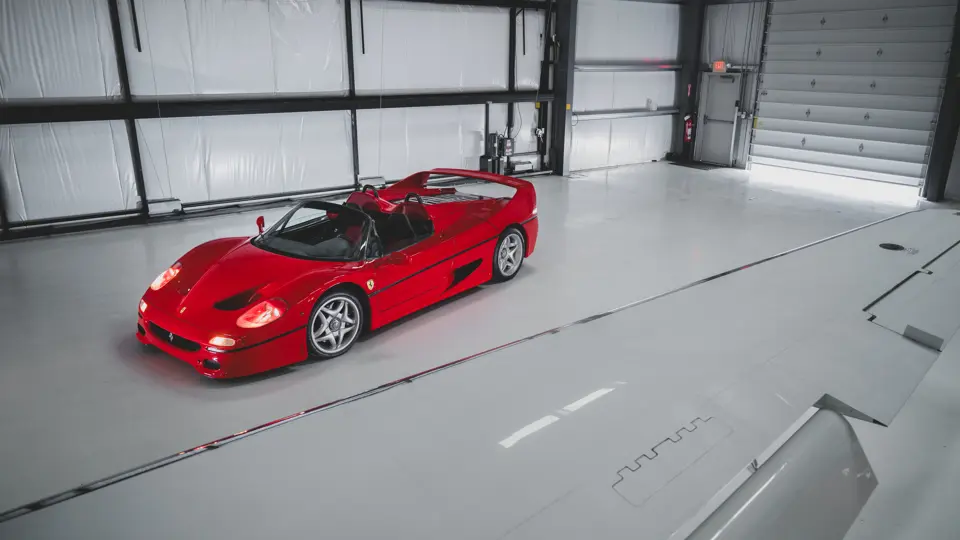
1996 Ferrari F50
{{lr.item.text}}
$5,532,500 USD | Sold
{{bidding.lot.reserveStatusFormatted}}
- The 154th of 349 examples built; European-specified car initially owned by a Monaco-based racecar driver/collector for 16 years
- Extremely low-mileage, showroom-quality example of Maranello’s legendary 50th-anniversary supercar; currently displaying just 2,174 km (~1,351 mi.)
- Certified in 2013 with a Ferrari Classiche Red Book authenticating the matching-numbers engine, transaxle, and body
- Benefits from consistent attention by marque experts DK Engineering during the 2010s, including the installation of a new fuel cell in late 2017
- Offered with owner’s manuals, toolkit, fitted luggage, and removable hardtop in road case
- Documented with original warranty booklet, Ferrari Classiche Certificate of Authenticity, service invoices, and history report by Marcel Massini
- Benchmark example from Ferrari’s seminal “Big Six” hypercars (288 GTO, F40, F50, Enzo, LaFerrari, F80)
CELEBRATING HALF A CENTURY OF FORZA
It is often said that the only achievement more difficult than reaching the peak of one’s niche is to stay there; and this truth is no less applicable to supercar design than anything else, as the minds at Ferrari had long realized by the early 1990s. Given the success and acclaim of the Ferrari F40, the 40th-anniversary supercar that debuted in 1987, Maranello’s engineers recognized that an even more superlative model would be needed to properly commemorate the automaker’s soon-to-follow 50th anniversary.
Four years of development went into a dedicated road car with characteristically strong ties to Ferrari’s racing technologies, starting with the chassis design, which was founded on a Formula 1-style lightweight carbon fiber tub. The designers at Pininfarina outdid themselves with curvaceous coachwork molded from carbon fiber, Kevlar, and Nomex honeycomb, eschewing the wedge motifs of the 1980s in favor of free-flowing lines evocative of Maranello’s most legendary sports racers of the 1950s and 60s. To boot, the body included a solid removable targa top stored in an accompanying road case that allowed the F50 to strike the pose of either a barchetta or berlinetta, offering the best of both worlds.
A new naturally aspirated 4.7 liter V-12 was dropped into this spectacular marriage of body and chassis, in a mid-rear architecture that ensured optimal weight distribution and savings. The type F130B engine had begun life in Ferrari’s 1992 Formula 1 car and underwent further development in the 4.0-liter 333 SP sports car, which won numerous Drivers' and Constructors' Championships in IMSA GT and FIA sports car racing between 1995 and 2001. Later enlarged to displace 4.7 liters, but detuned for more reasonable revving and tractable road manners, the new high-compression V-12 developed 513 horsepower and 347 pound-feet of torque. The powerplant provided otherworldly performance, as proven by Road & Track magazine’s test of the car, in which the editors accelerated to 60 mph from a standstill in just 3.6 seconds while achieving a top speed of 202 mph, firmly establishing the model’s membership in the exclusive 200+ mph club.
The return to earthbound speeds was provided by monstrous Brembo brakes with huge rotors (14 inches in front and 13.2 inches at the rear) anchored by aluminum pistons. In addition to the engine and braking technology, the F50 abounded in Formula 1-style details, from the racing-style fuel cell to the LCD dashboard instruments. Yet despite this design, the model was still appointed with creature comforts such as leather-trimmed seats, air conditioning, and adjustable ride height.
In an apparent response to the criticism that it had built too many F40 examples, thus diluting rarity and corresponding valuation, Ferrari produced only 349 numbered examples of the breathtaking F50 through the conclusion of production in 1998, ensuring a uniqueness and premium cachet that instantly established the model as a bona fide collectible. The F50 remains a favorite of marque-focused collectors, often serving as the centerpiece of modern Ferrari stables, and is a critical component of the illustrious “Big Six” hypercar portfolio that is relished by the most dedicated Maranello enthusiasts.
FROM MONACO TO THE UK, AND BEYOND…
Benefiting from a gentle life of minimal driving use through a short chain of owners, this showroom-quality F50 is one of the most desirable examples ever to be publicly offered. Chassis number 105768 is the 154th example built, and it was completed by the factory in June 1996, finished in Rosso Corsa paint over a Nero interior with Rosso seat bolsters, and specified for the European market.
According to the combined data of the original warranty book, service invoices, and a history report by marque expert Marcel Massini, this Ferrari was sold new through Eberlein Automobile in Kassel, Germany, via Helmut Boczkoswki to a 20-year-old Russian racecar driver and collector residing in Monaco. Per his correspondence on file, the owner only drove the car occasionally for a few years before storing it in 2001, and it remained domiciled through 2012. By late 2012 the F50 had passed into the care of DK Engineering, the Ferrari specialists in the UK, and they went on to tend the car somewhat regularly over the next six years through a small handful of British ownerships.
In June 2013 the F50’s utmost authenticity was confirmed when the car was issued a Ferrari Classiche Red Book (and corresponding Certificate of Authenticity) confirming the continued presence of the matching-numbers engine, transaxle, and coachwork, ensuring an optimal degree of originality. Also of note, in late 2017 DK replaced the fuel cell, an expensive but necessary measure that should maintain its integrity for another two to three years, given that the repair is recommended every 10 years.
Imported to the US in the early 2020s, this outstanding F50 currently displays just 2,174 kilometers (~1,351 miles), a true testament to the car’s immaculate state of presentation. While the car has undergone minor touch-ups to the finishes of some hardware, and to the black paint under the chin of the front bumper, the entirety of the car’s Rosso Corsa exterior paint is believed to be factory-original. The F50 is furthermore optimally complemented with owner’s manuals, fitted luggage, toolkit, and the removable hardtop in the proper factory-issued flight case, contributing to a very complete and original presentation. In preparation for its current offering, the car was inspected and serviced at Ferrari of Ontario in January 2025 to ensure that every mechanical component has been checked and is ready for road use.
Ideal for display at FCA gatherings and premium marque exhibitions, this highly authentic and certified matching-numbers F50 would make a crowning acquisition for any Ferrari enthusiast. As one of the lowest-mileage examples offered in recent years, it beautifully represents a seminal component from Maranello’s “Big Six” hypercar portfolio.
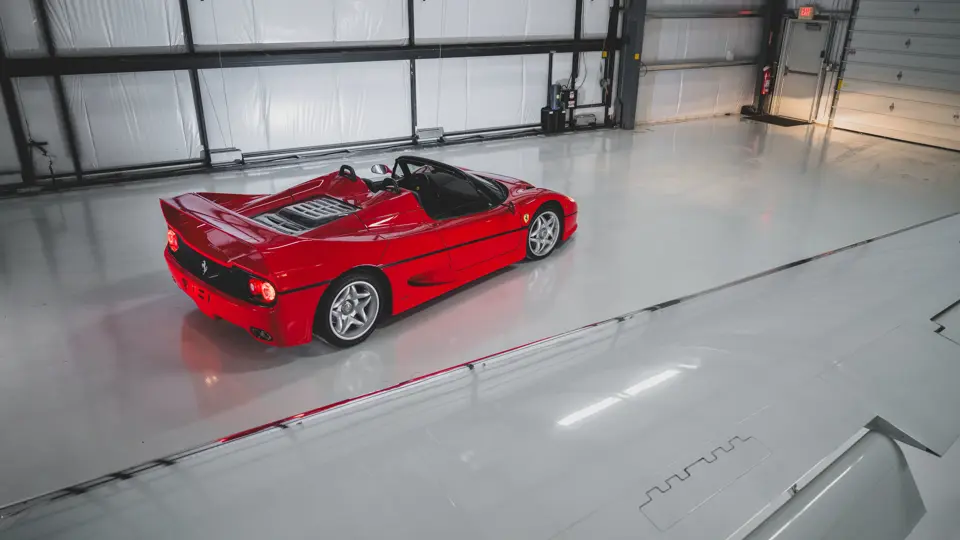

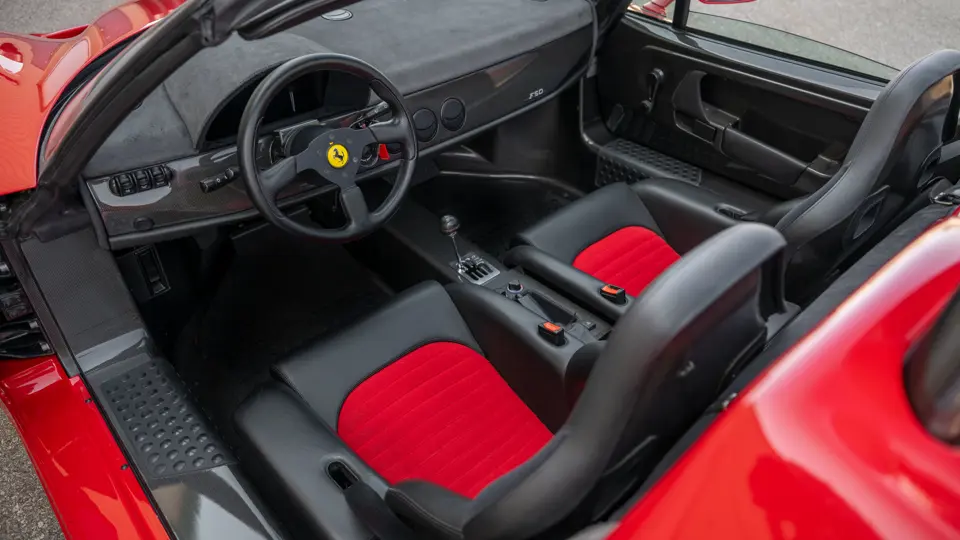


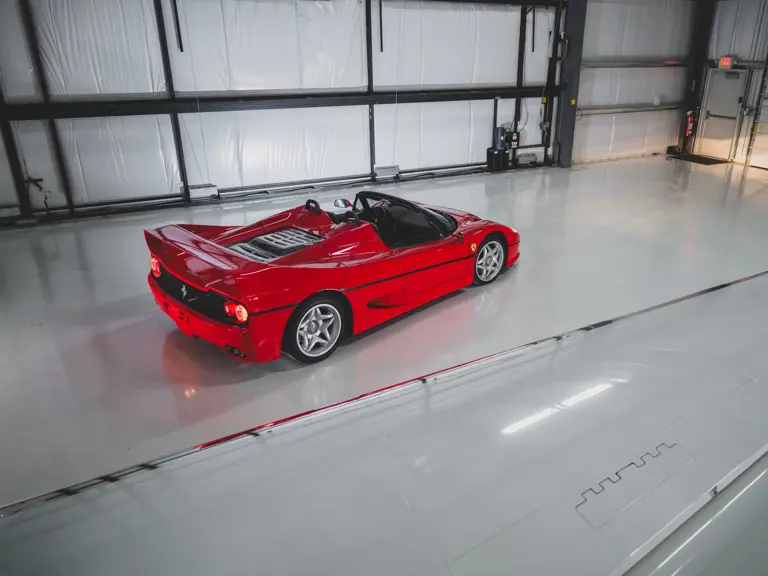
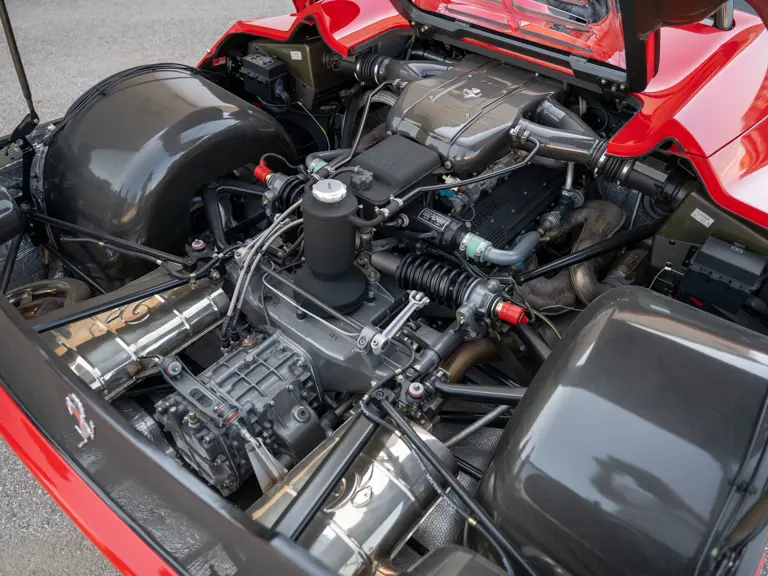
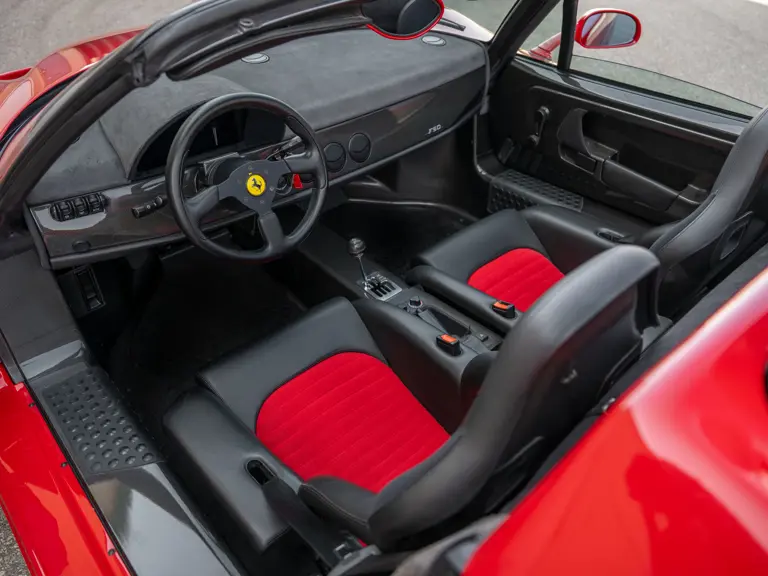
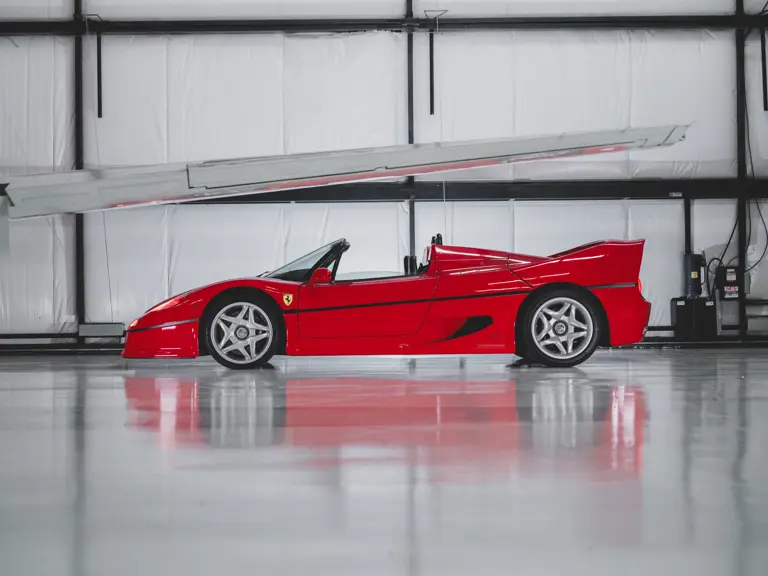
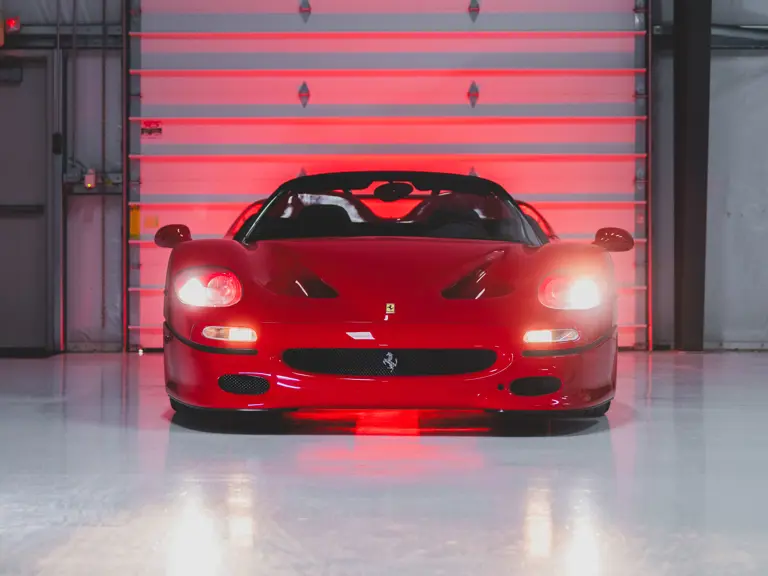
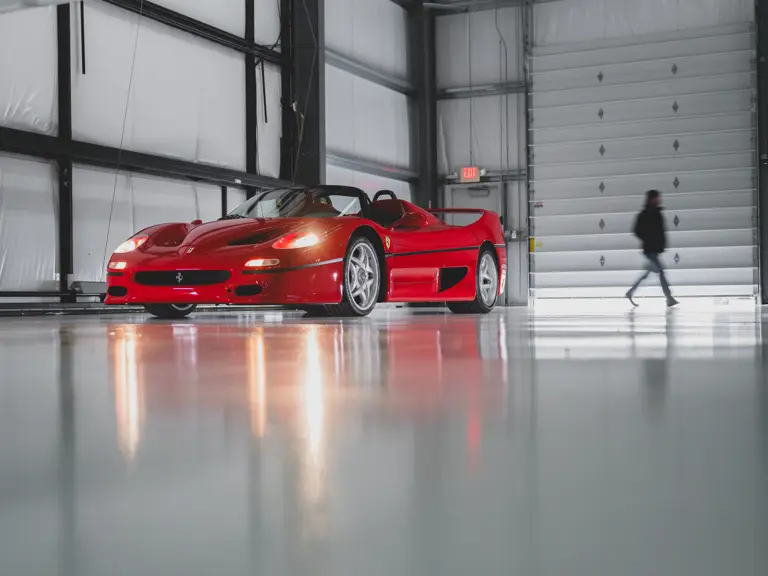
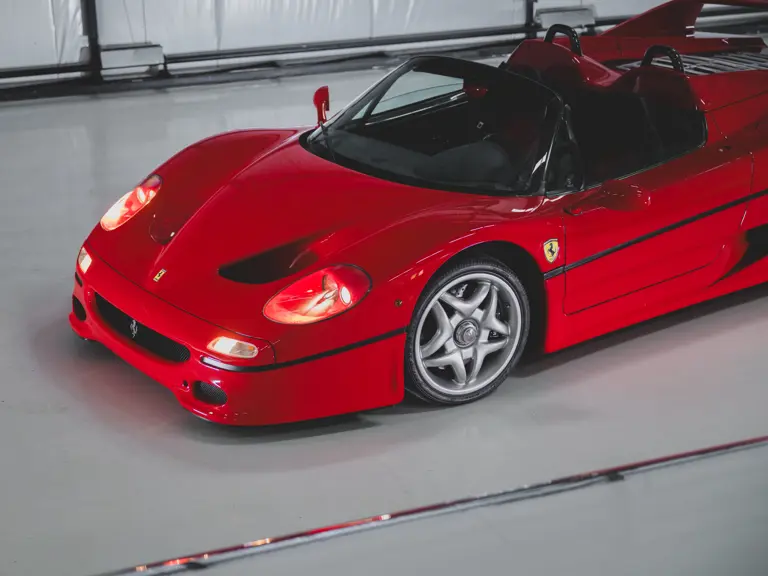
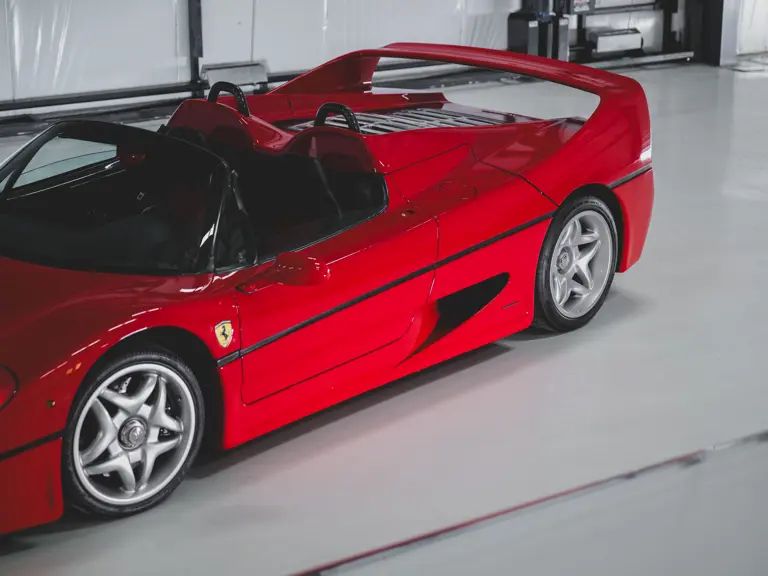
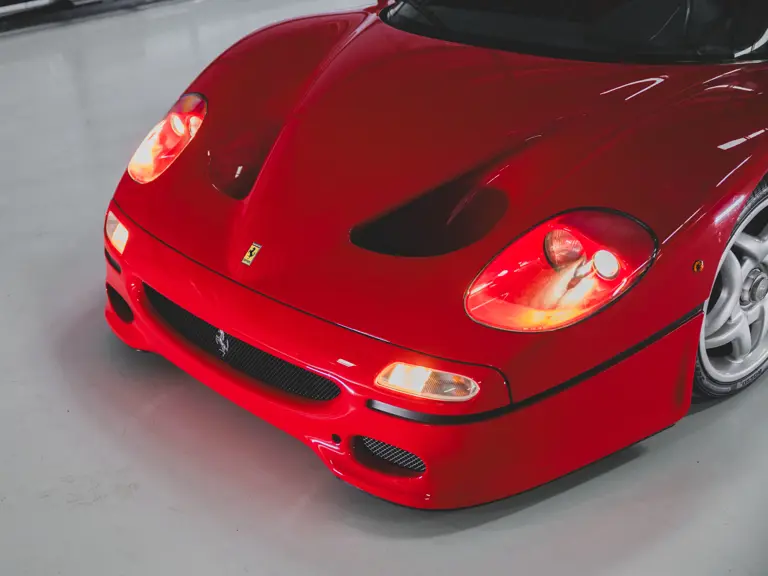
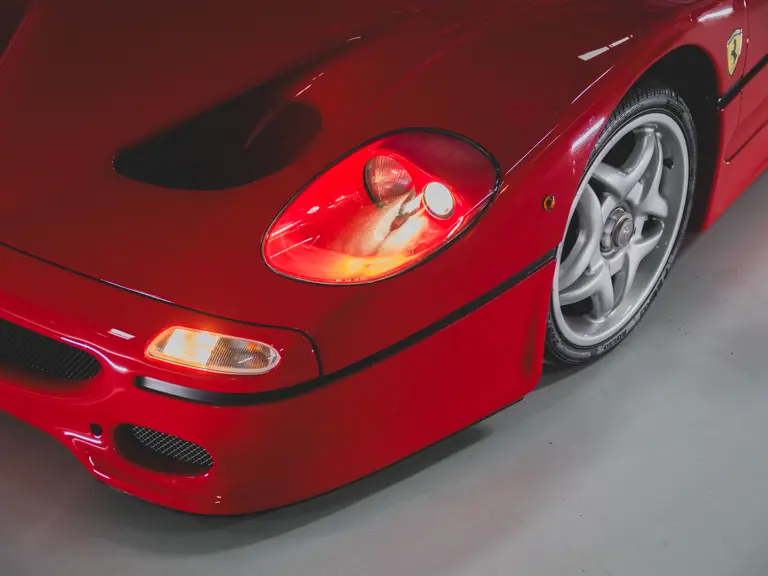
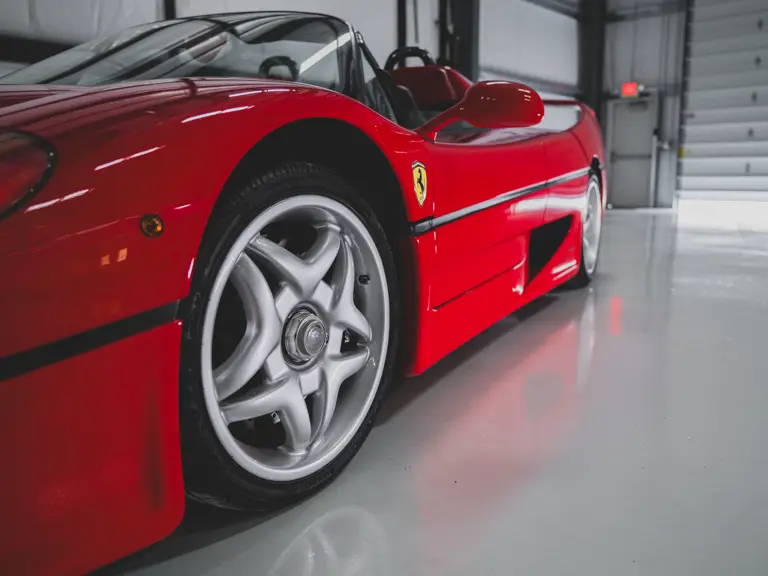
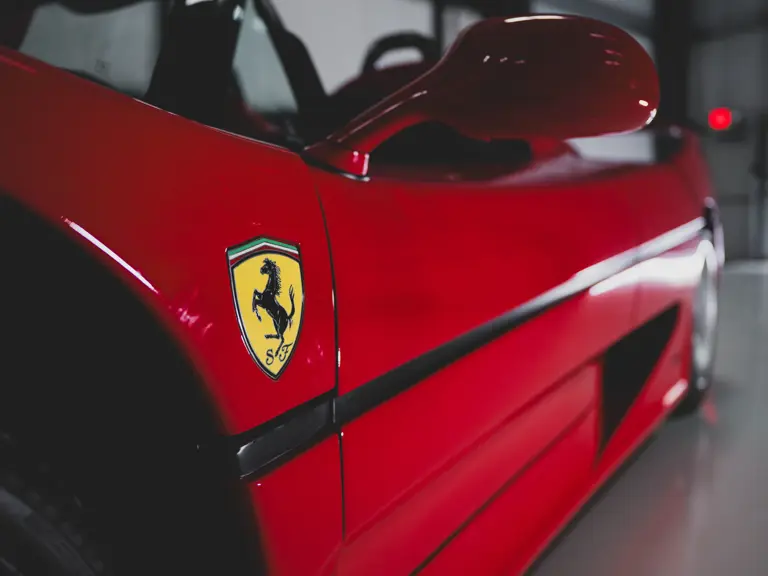
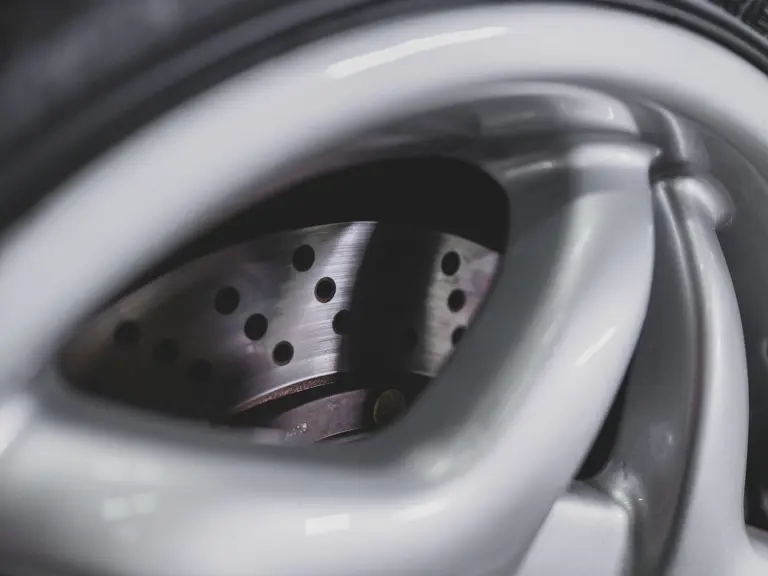
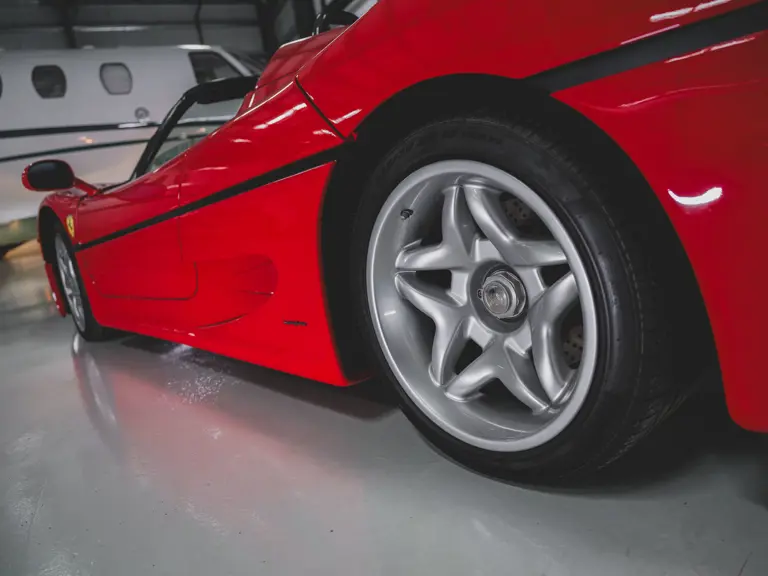
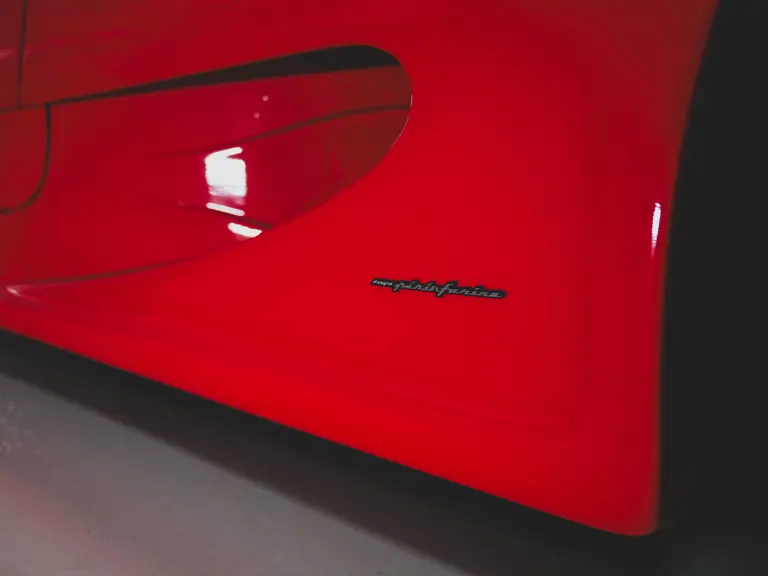
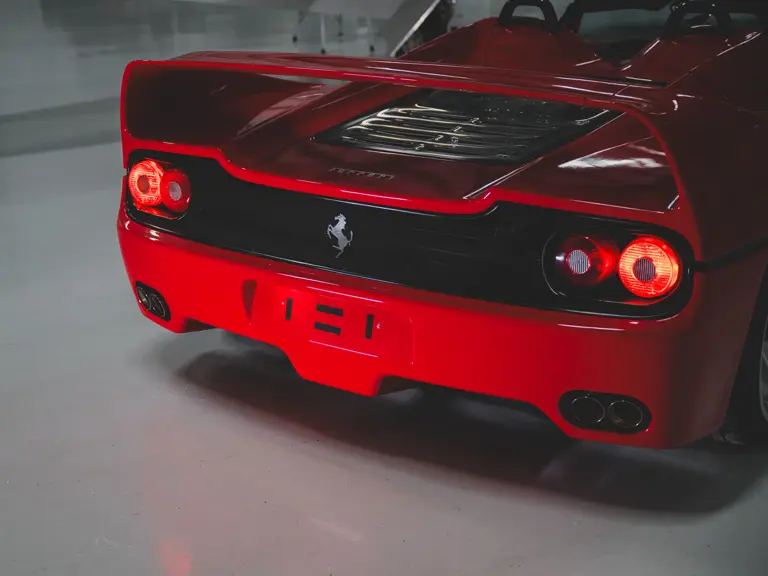
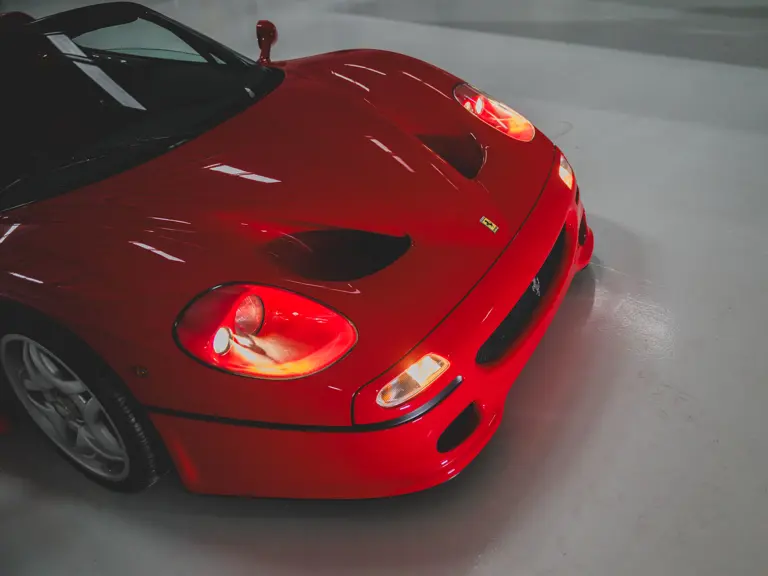
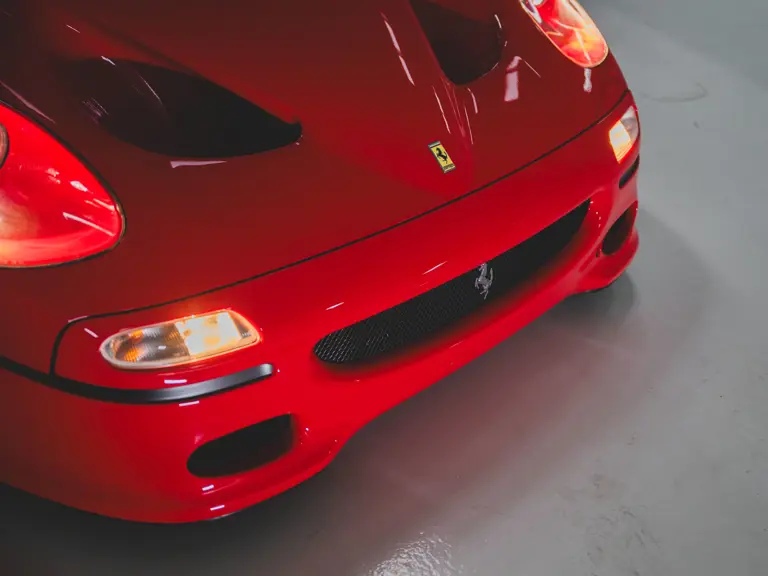
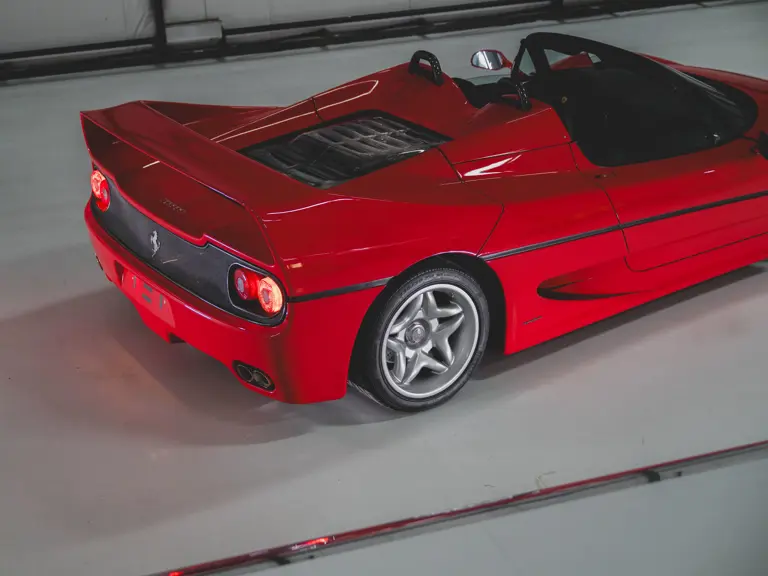
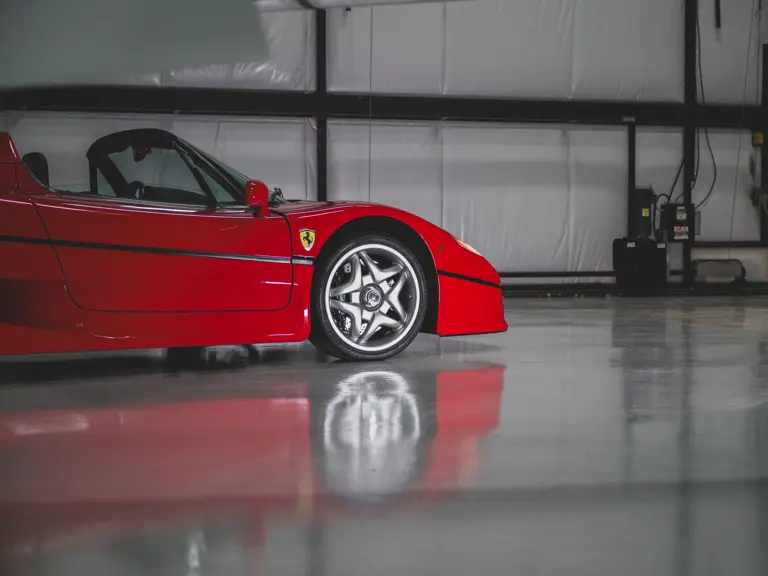
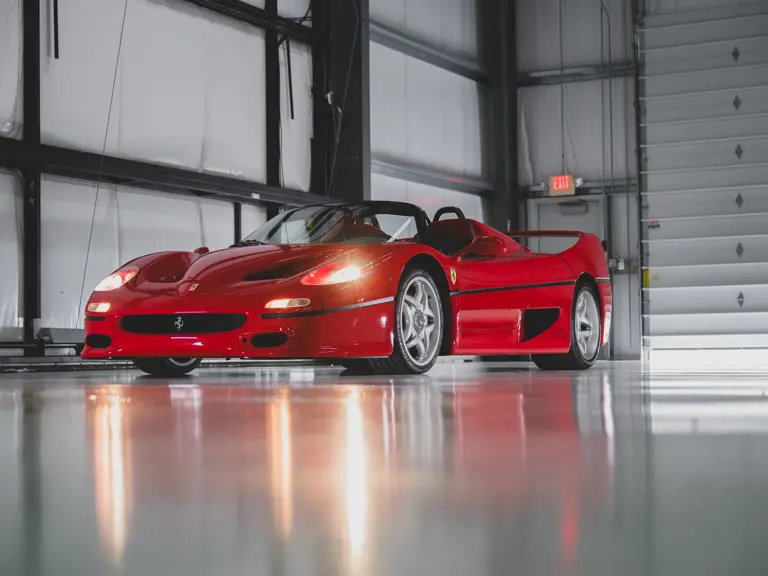

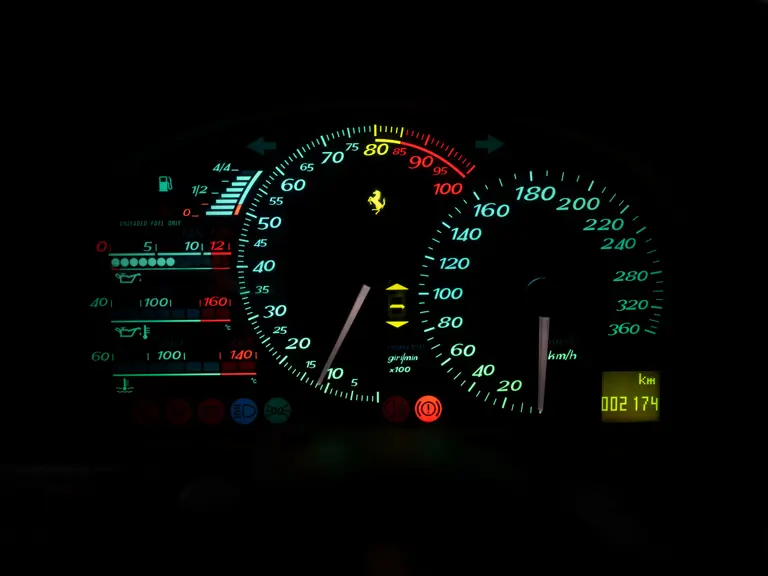
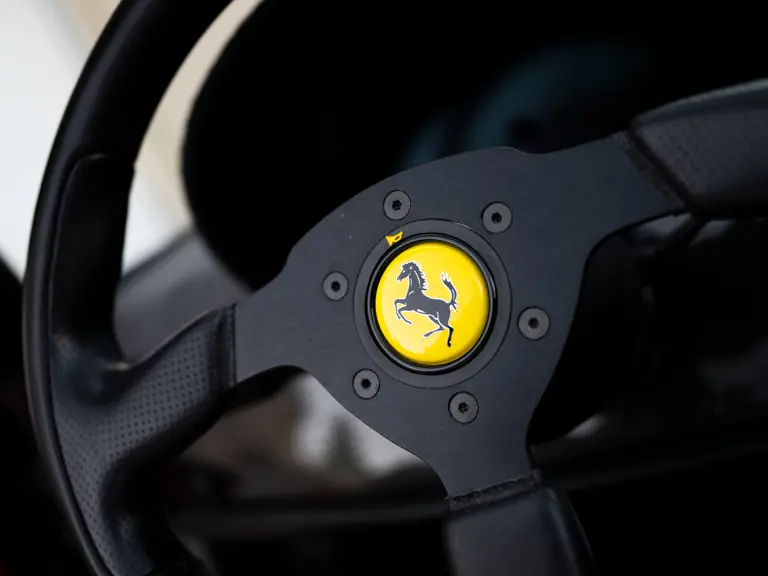
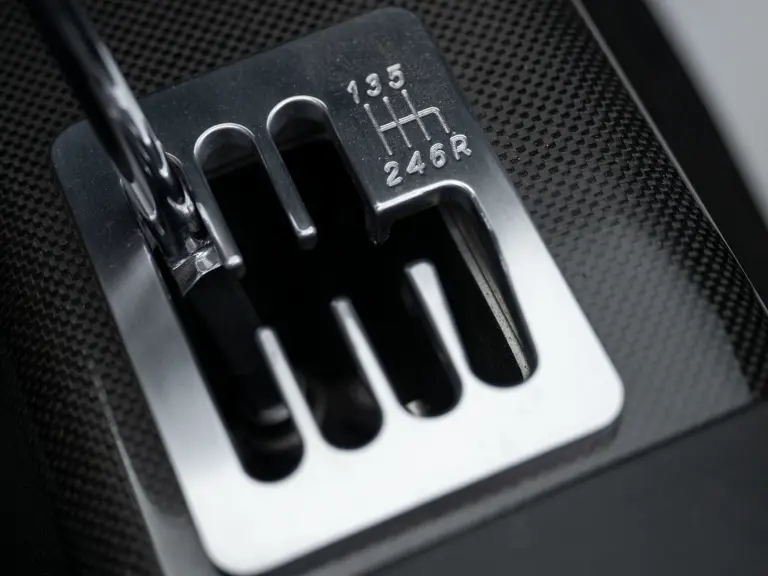
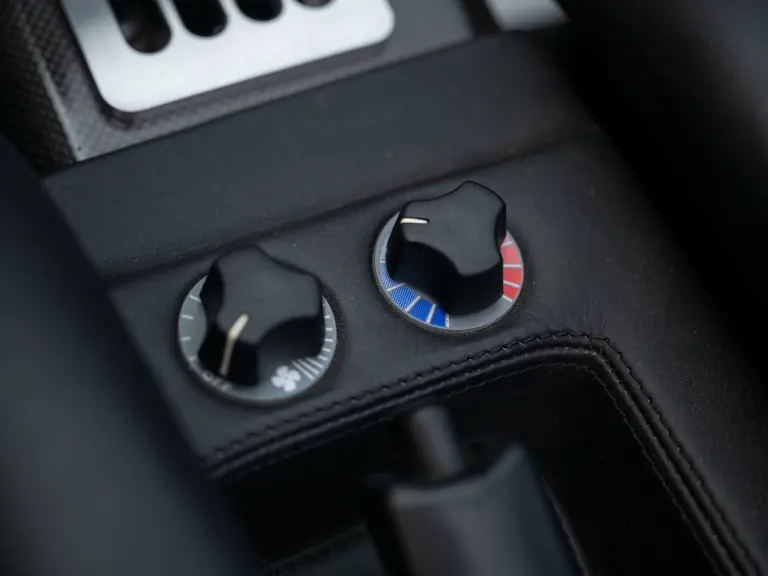
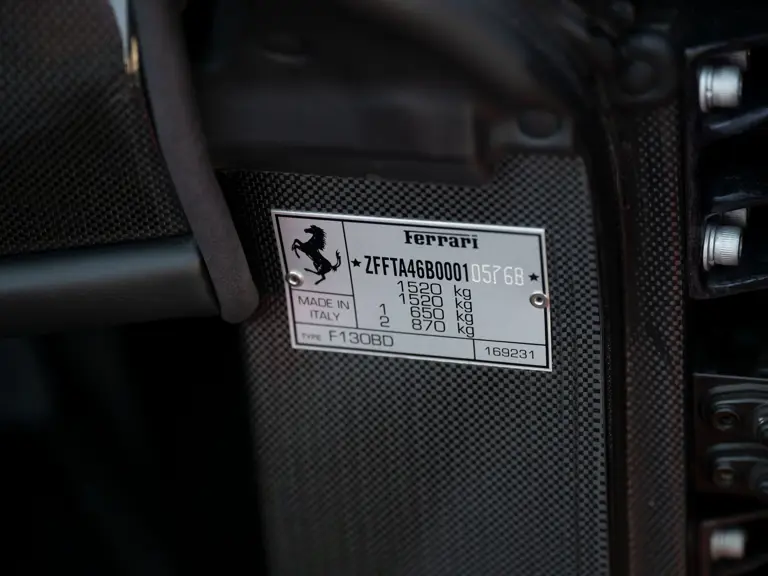
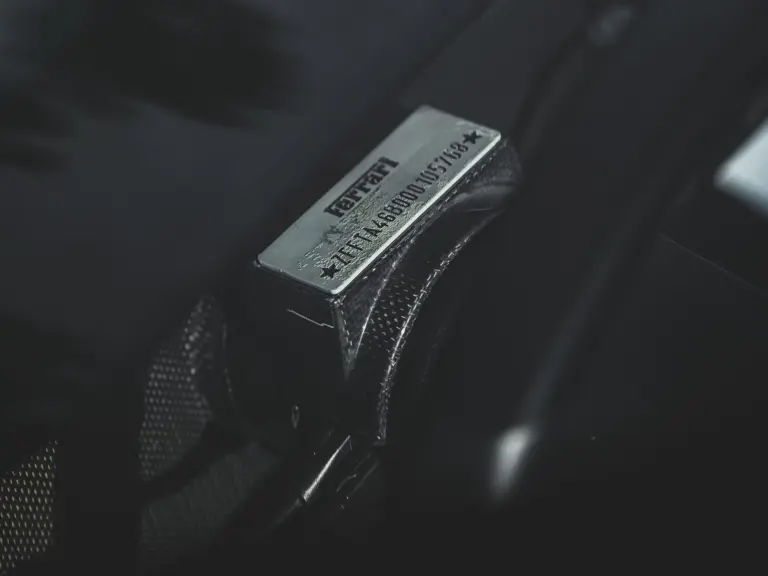
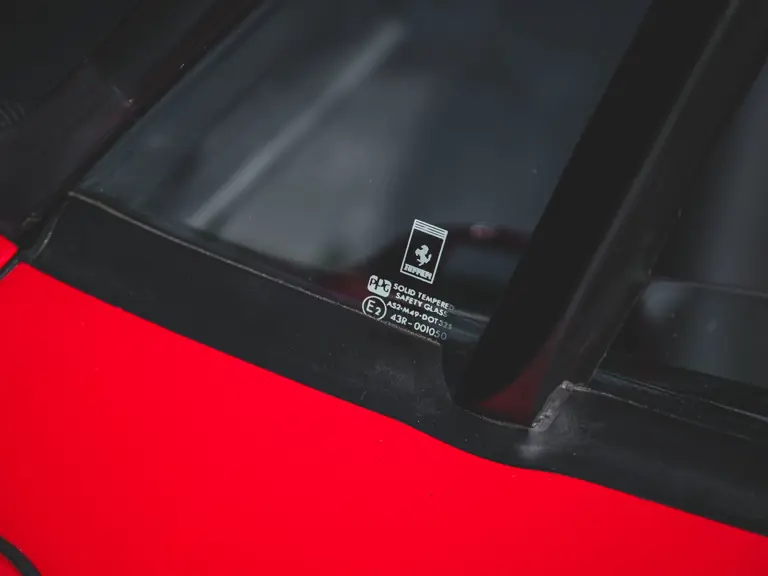
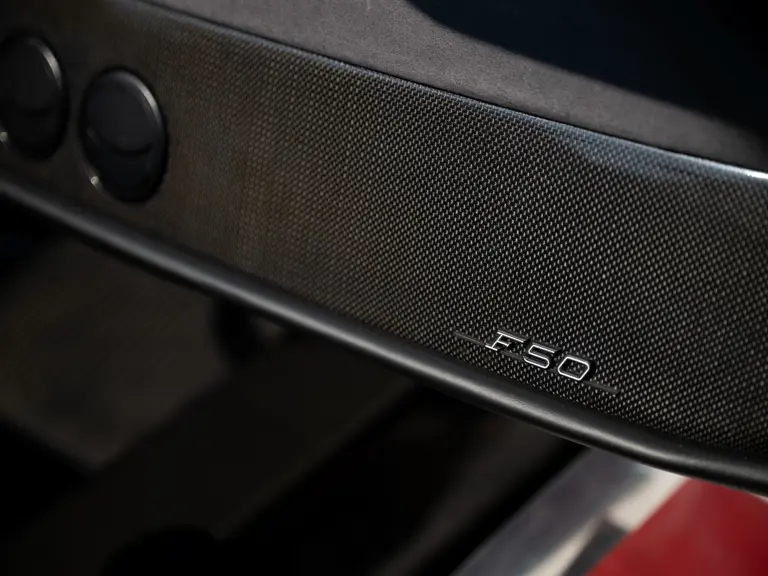
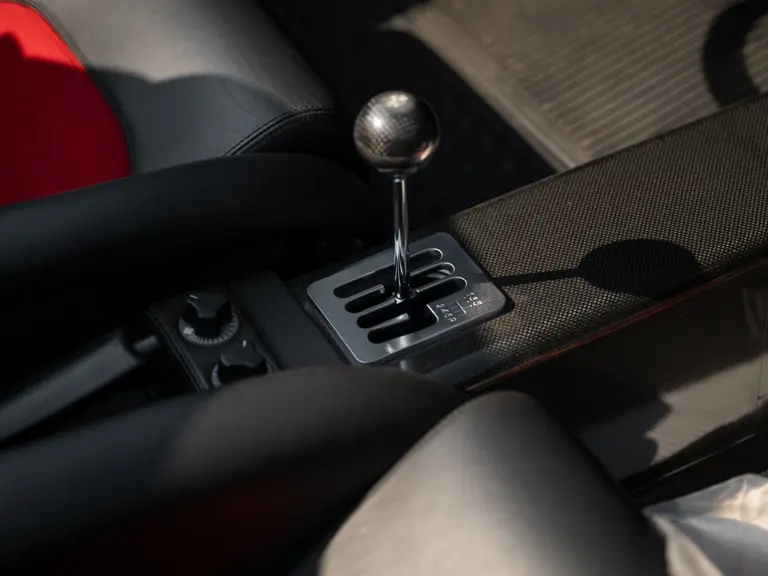
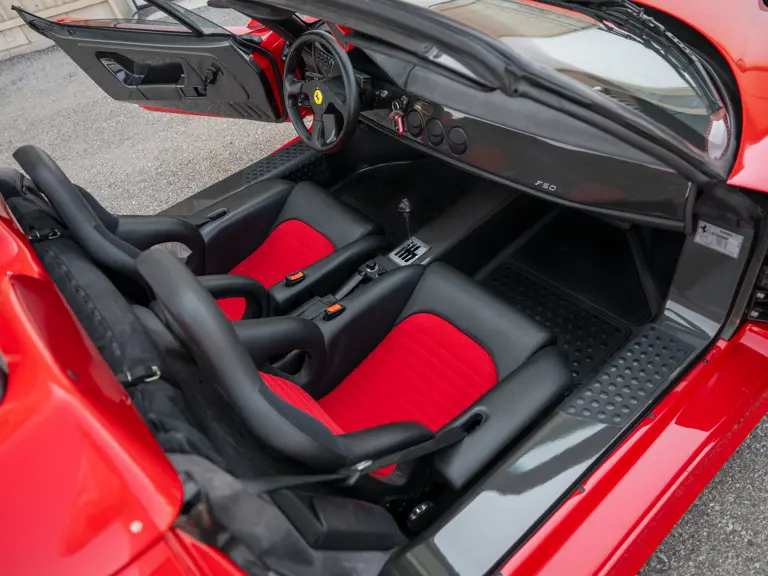
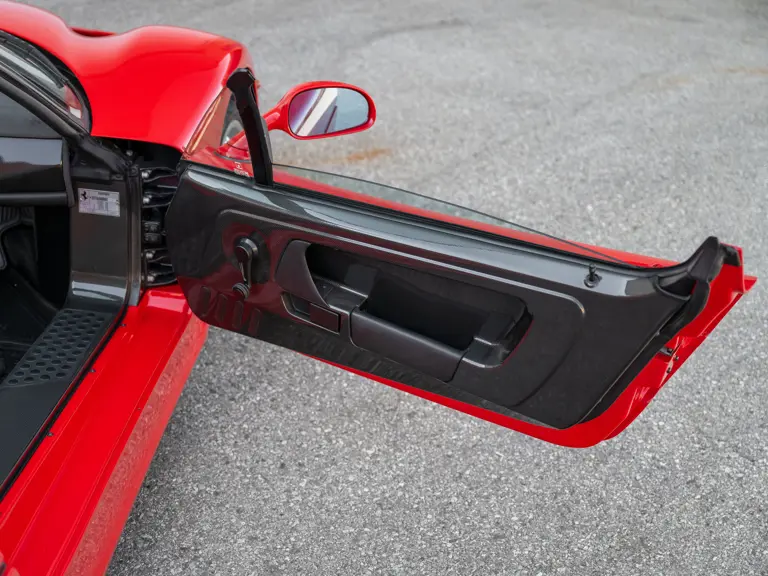
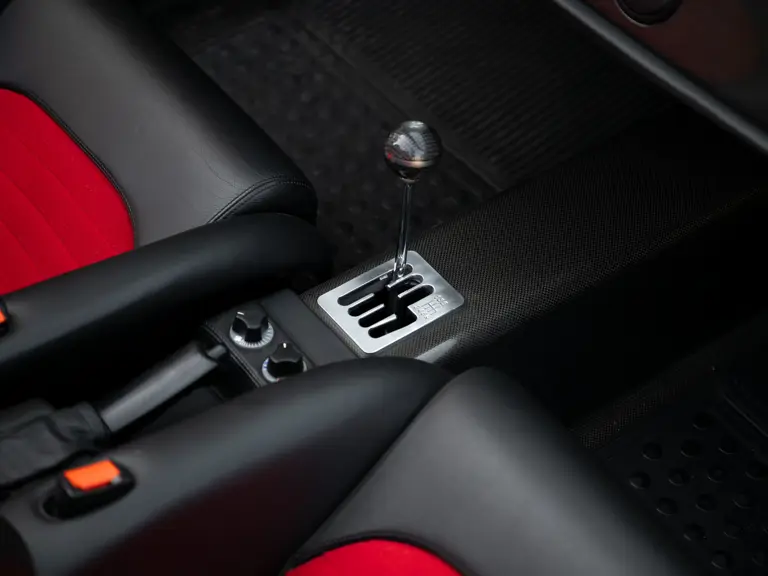
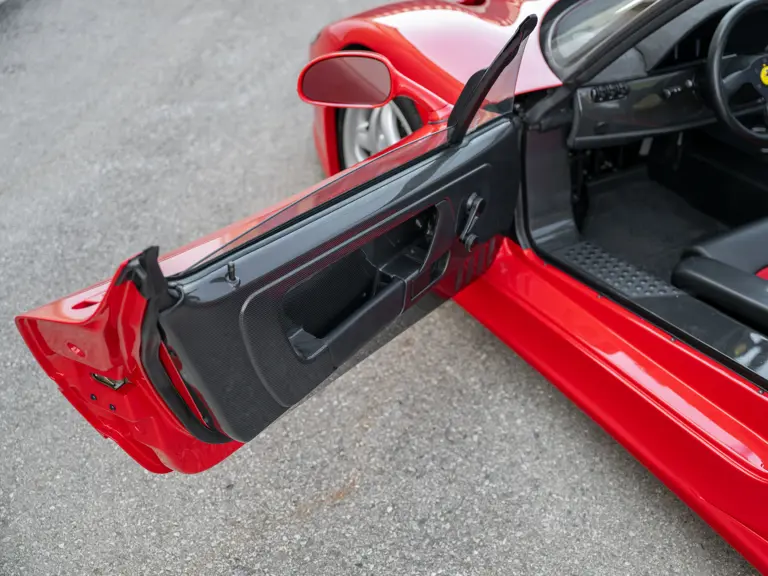
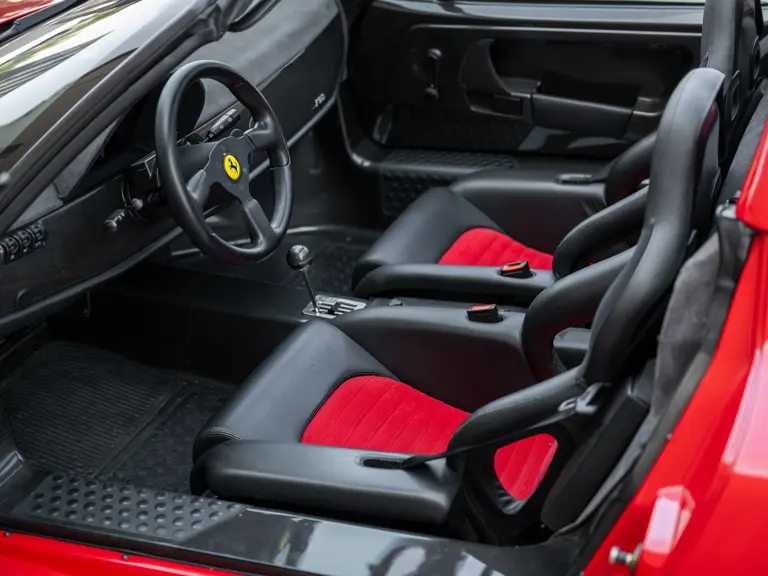
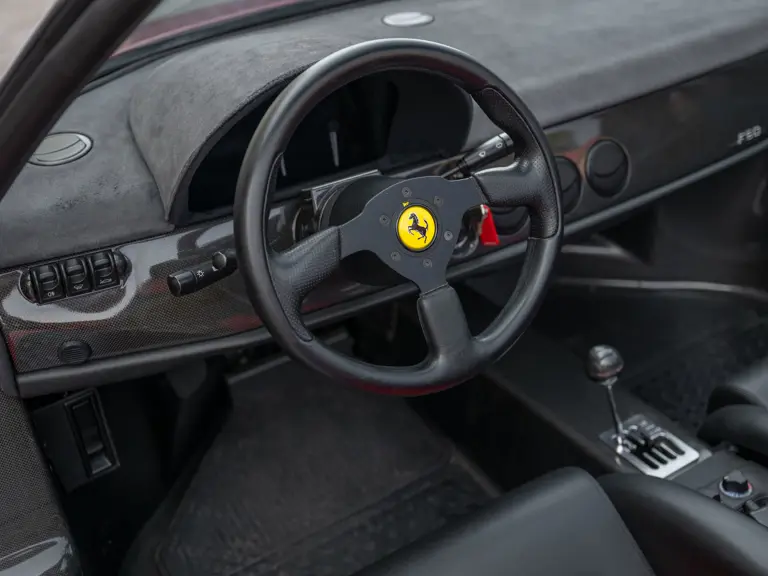
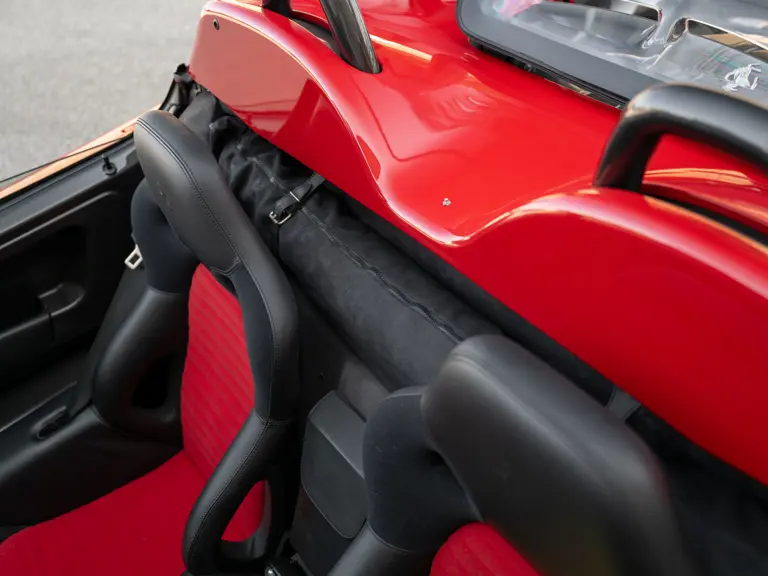
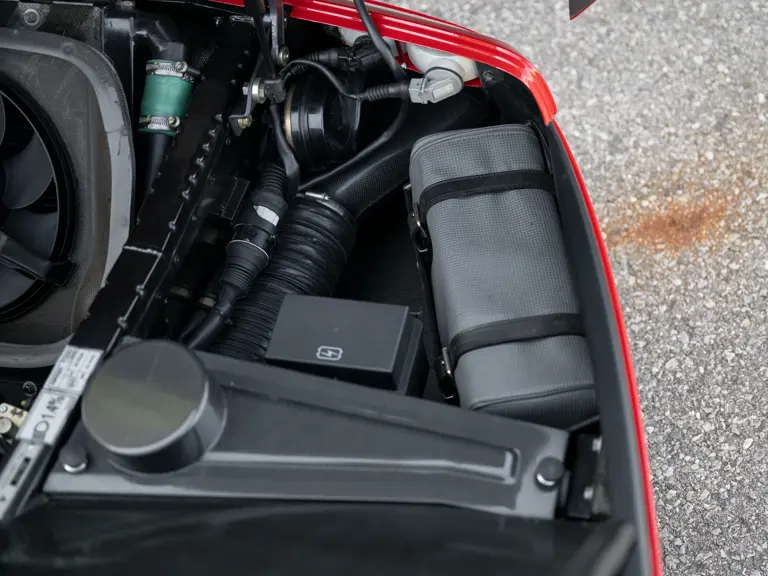
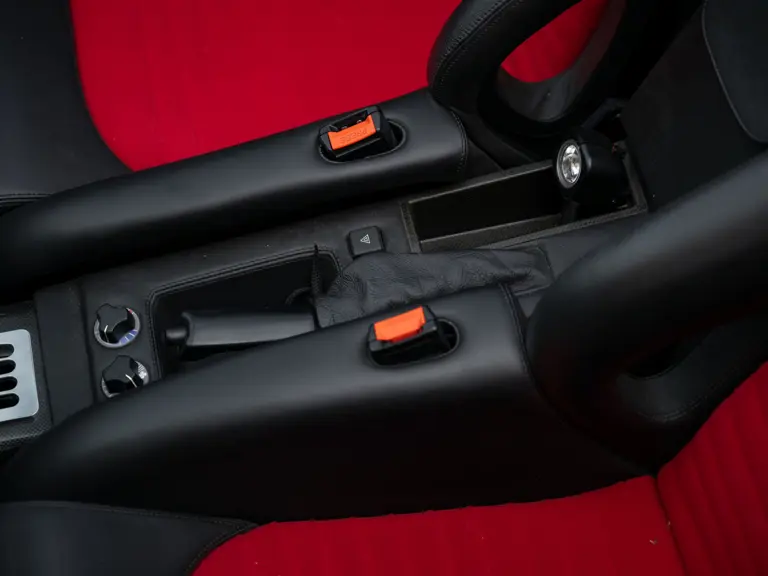

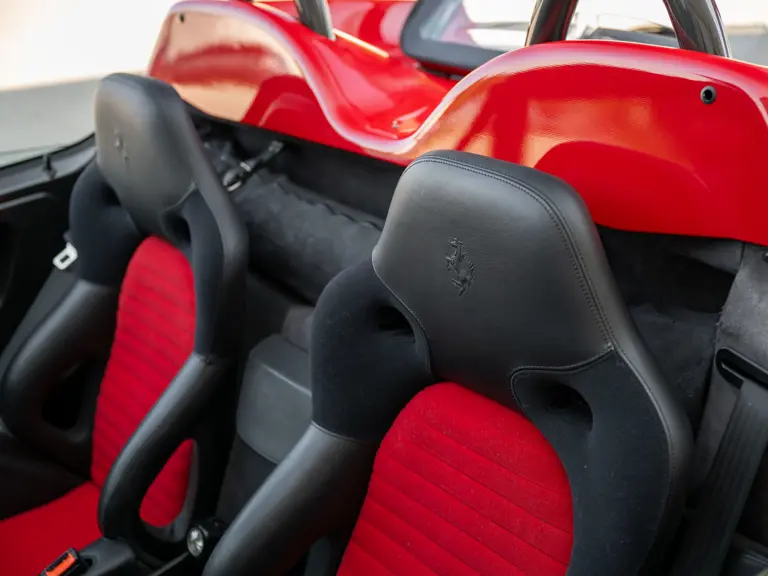
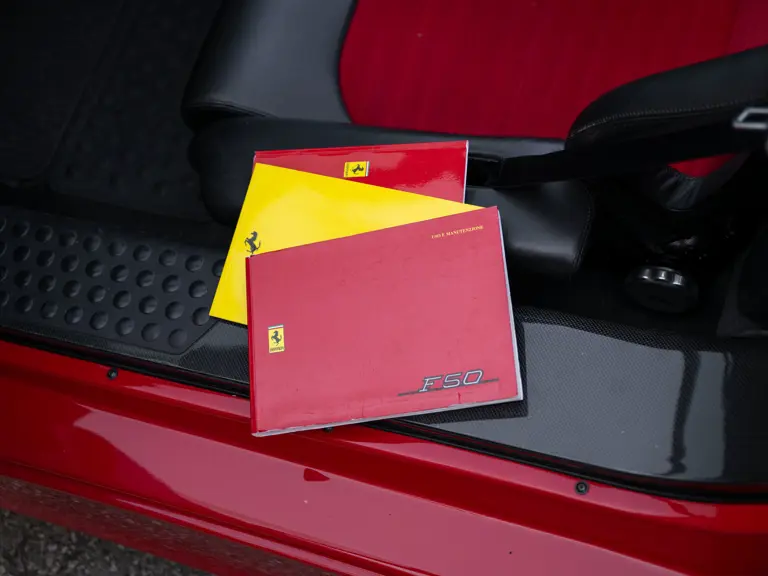
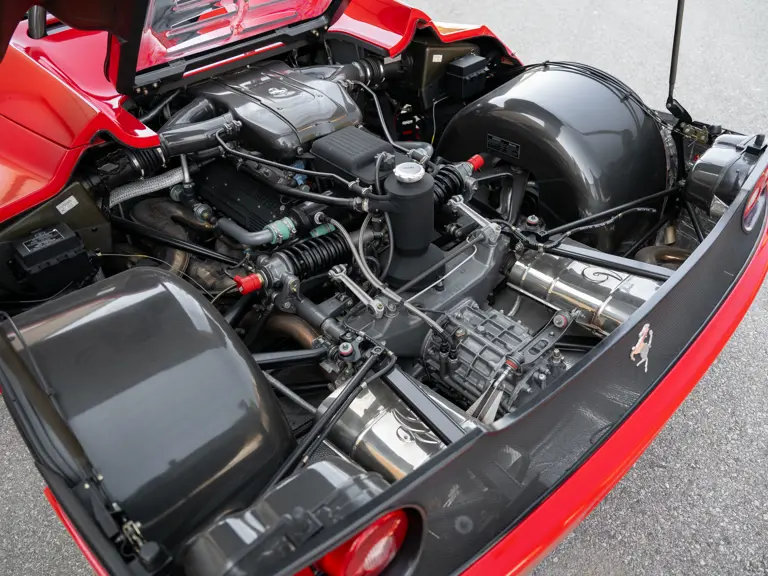
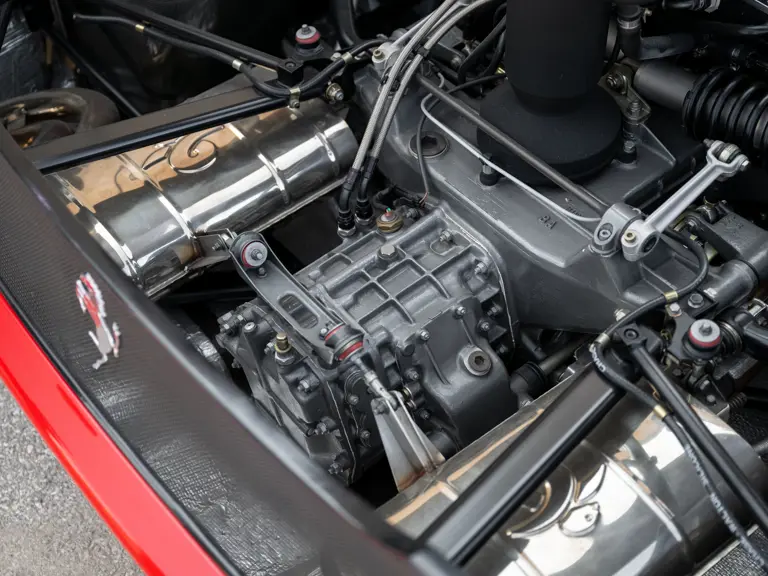
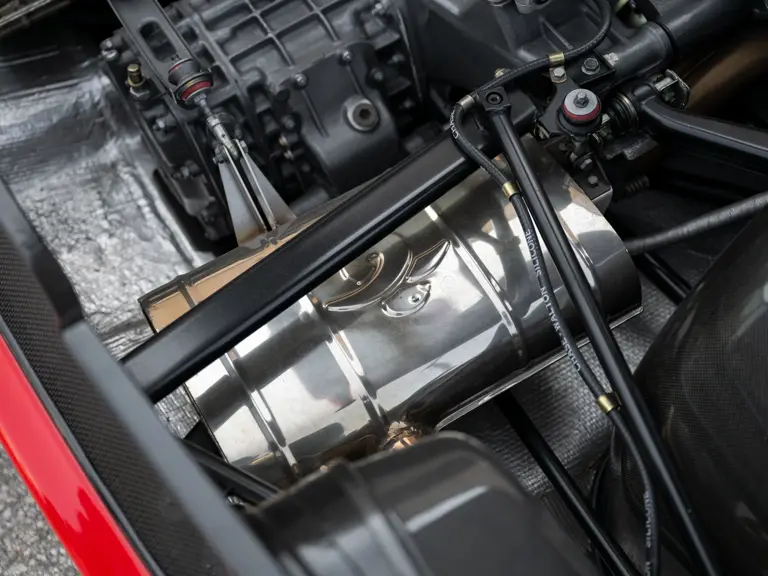
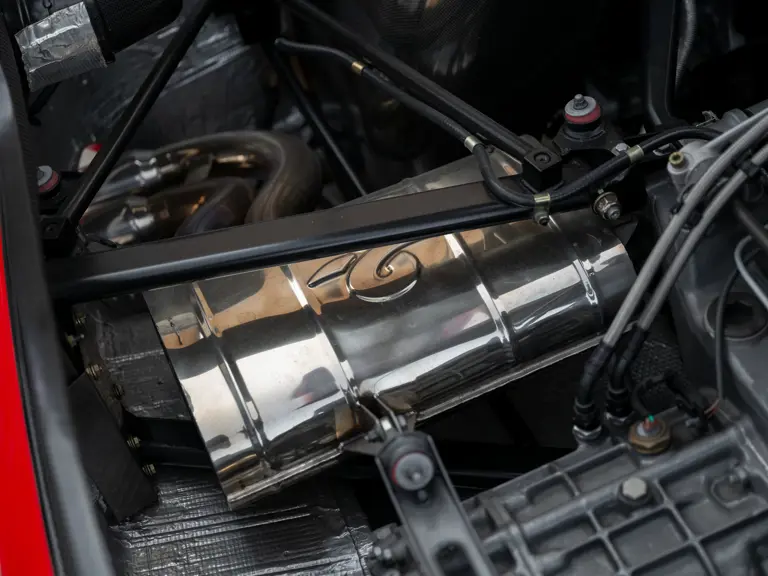
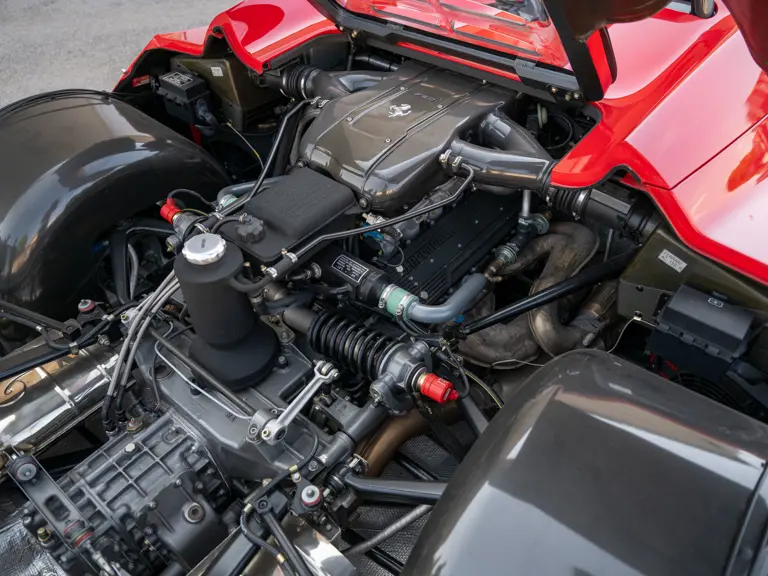
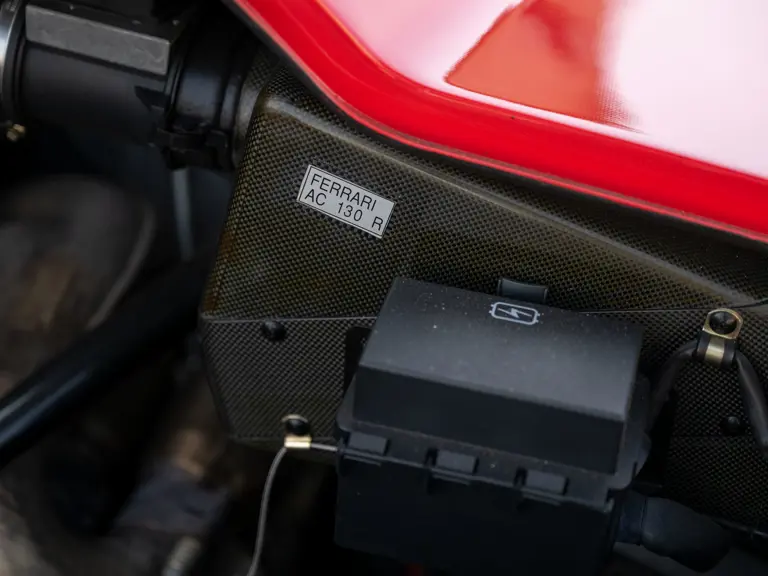
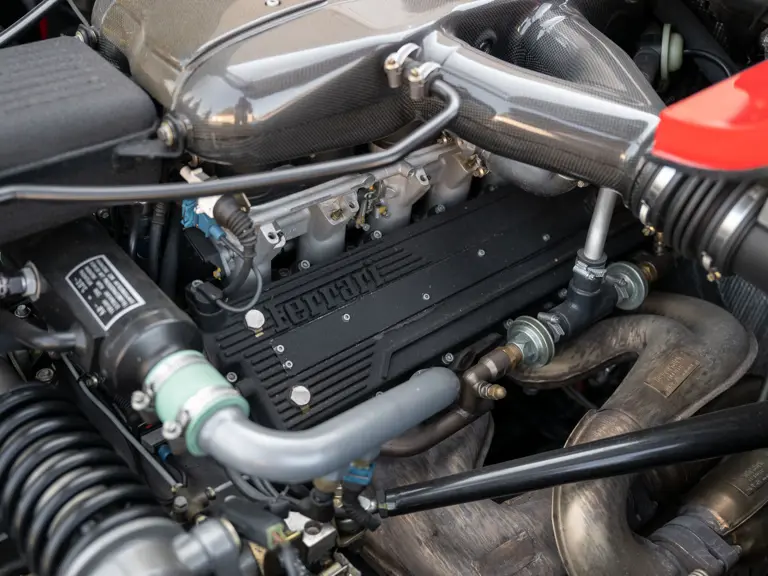
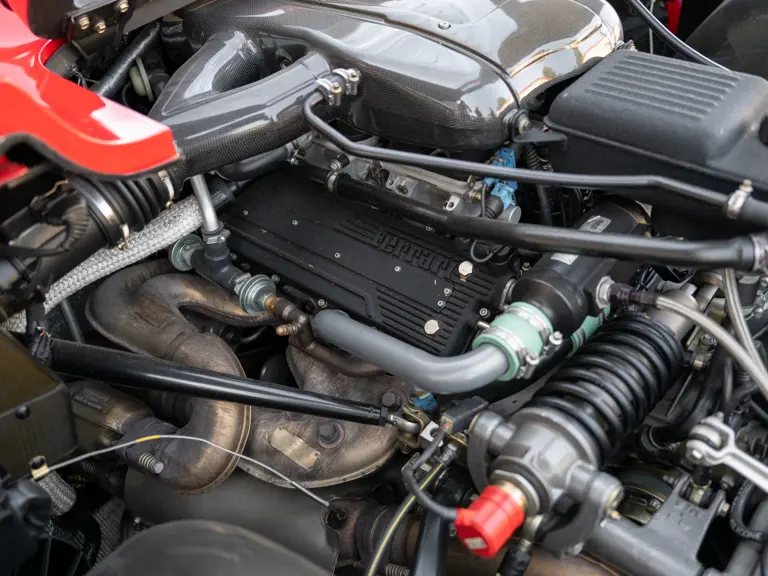
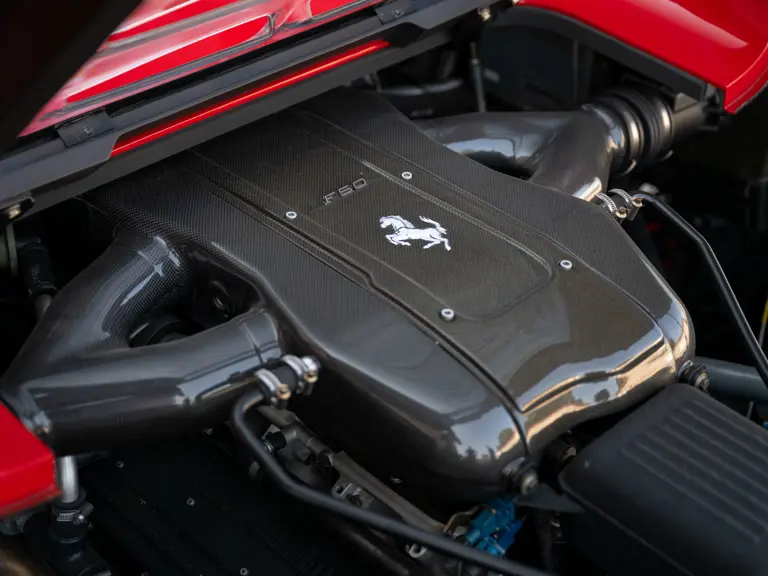
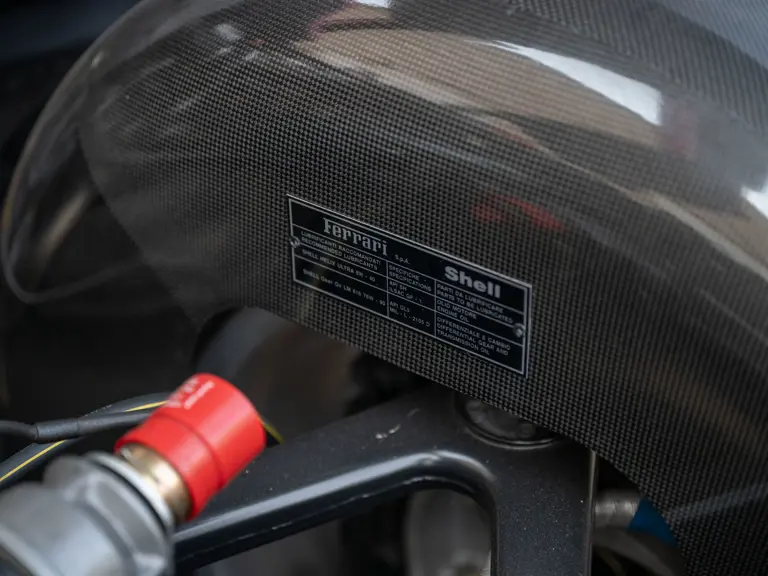
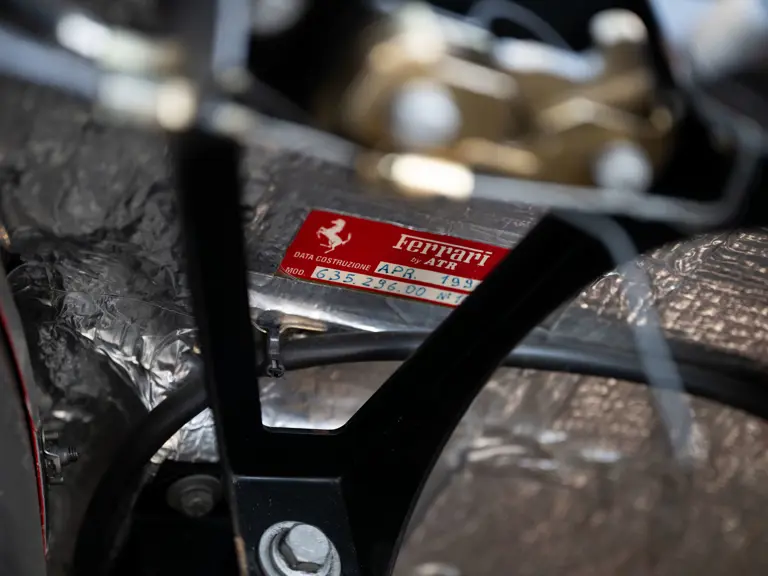
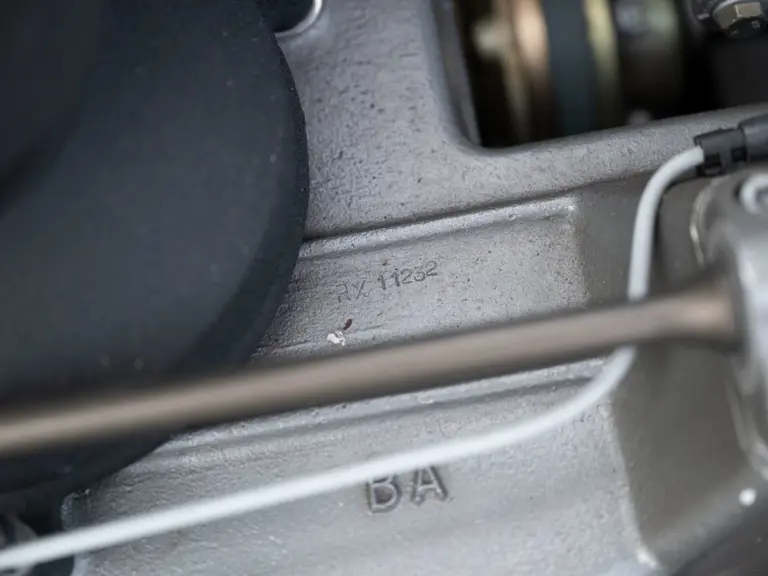
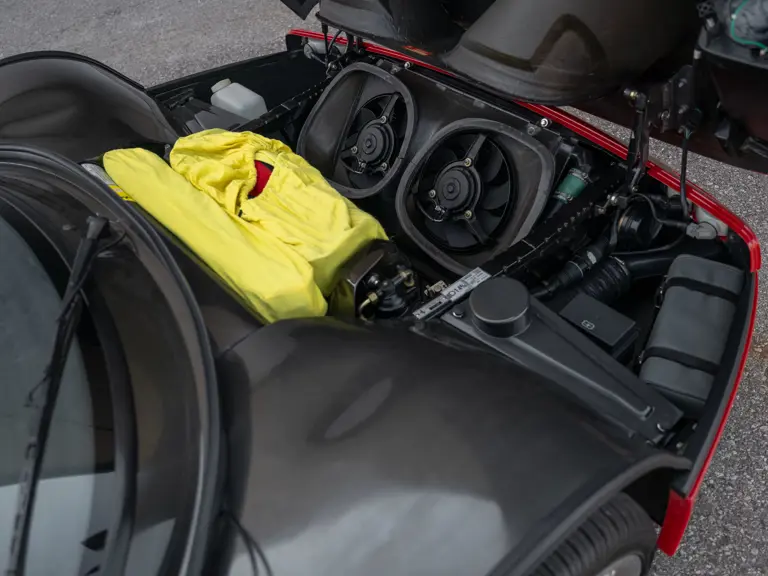
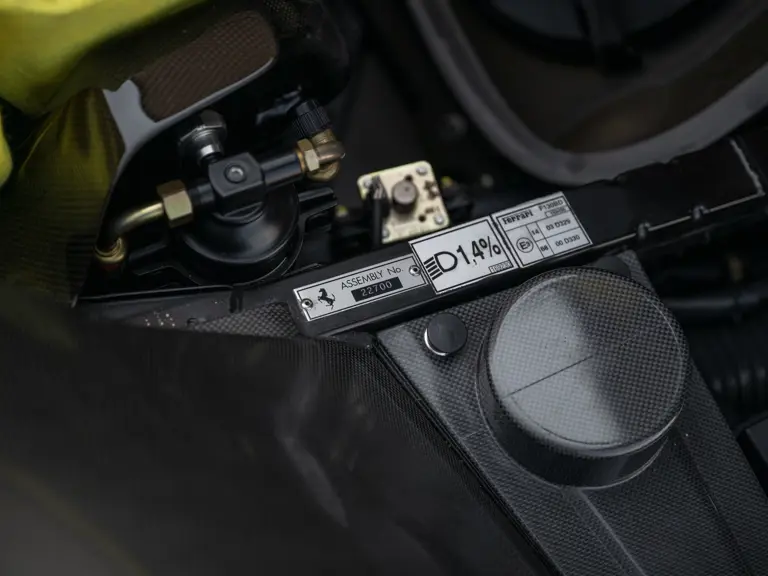

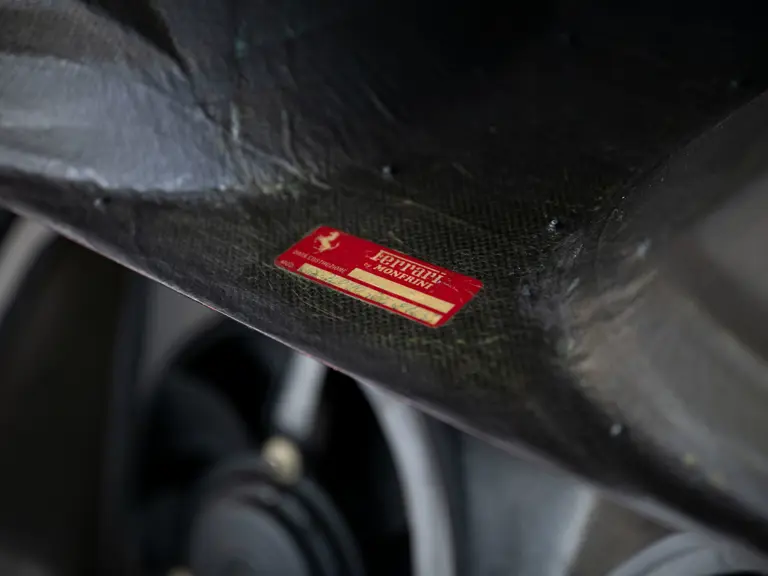
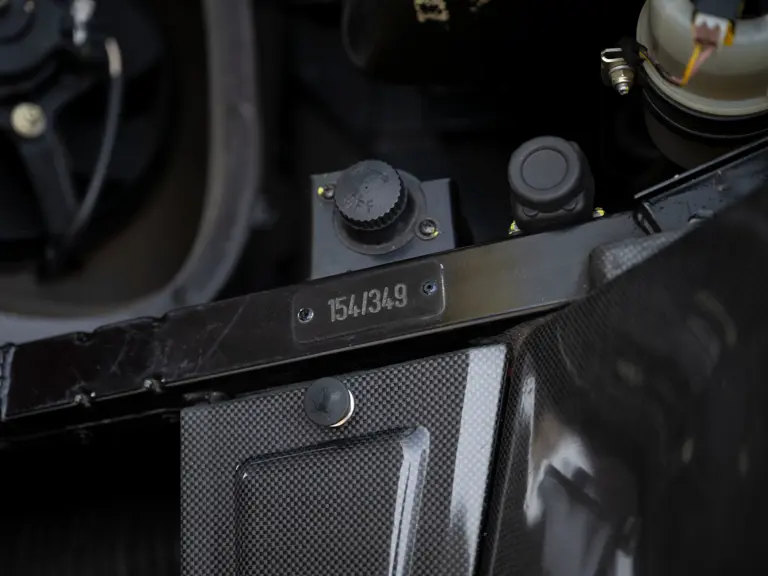
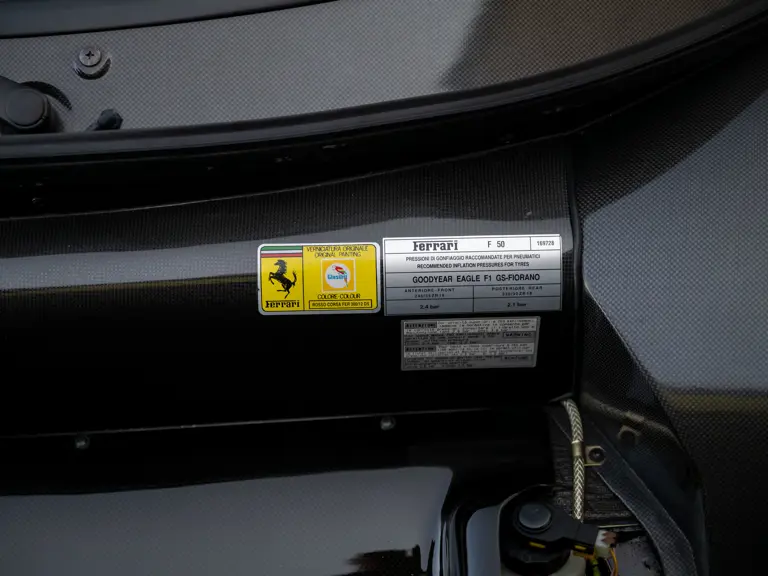
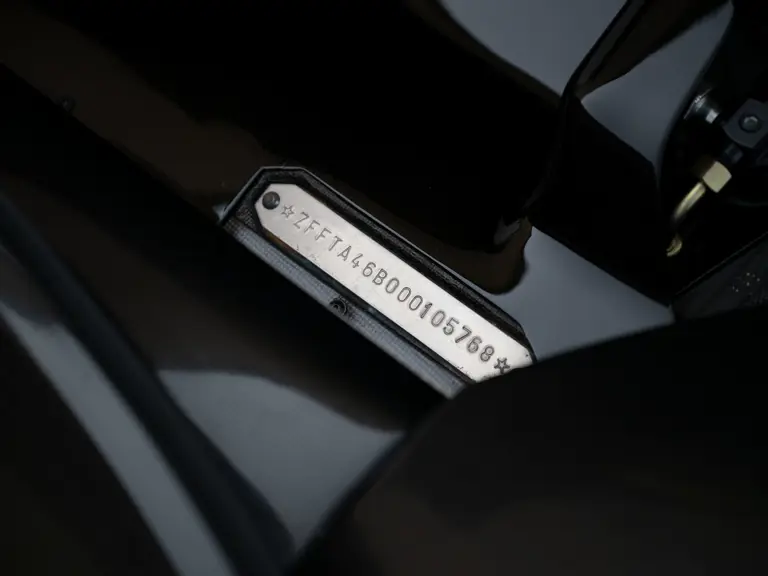
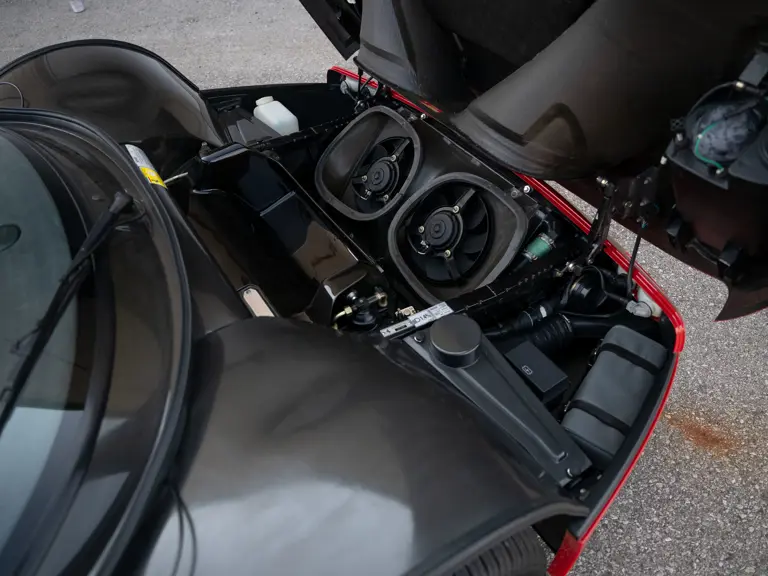
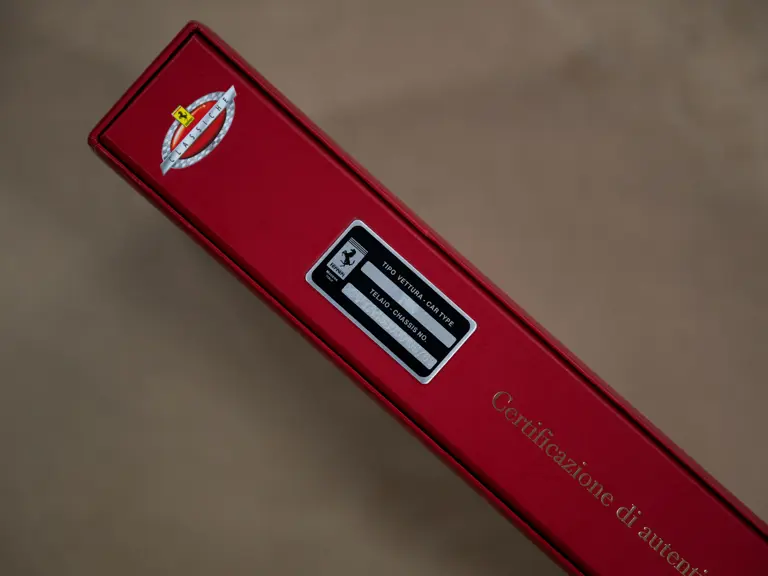
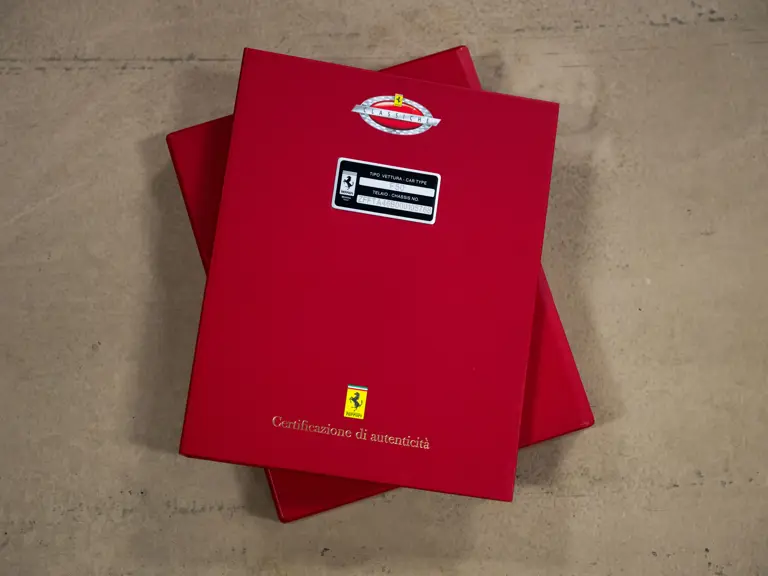
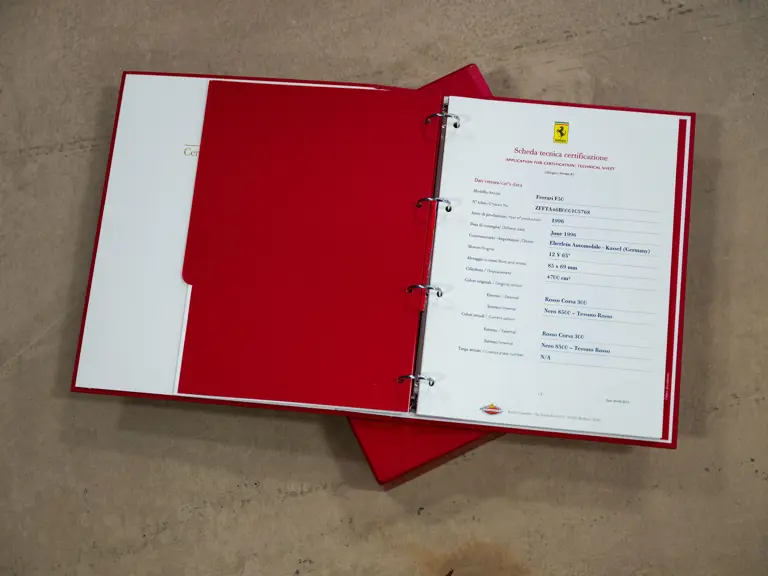
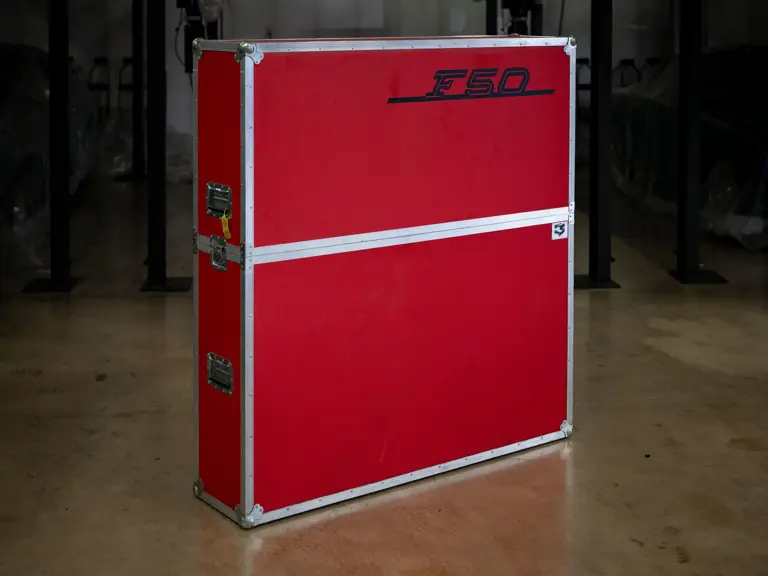
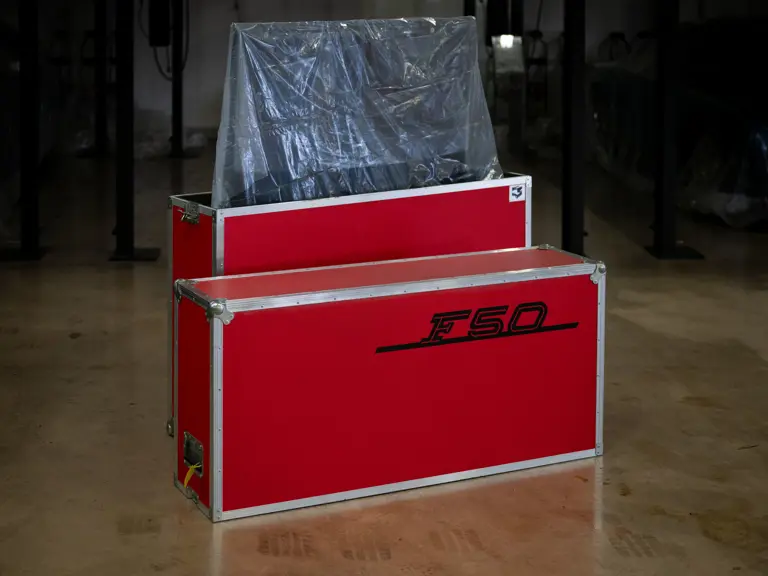
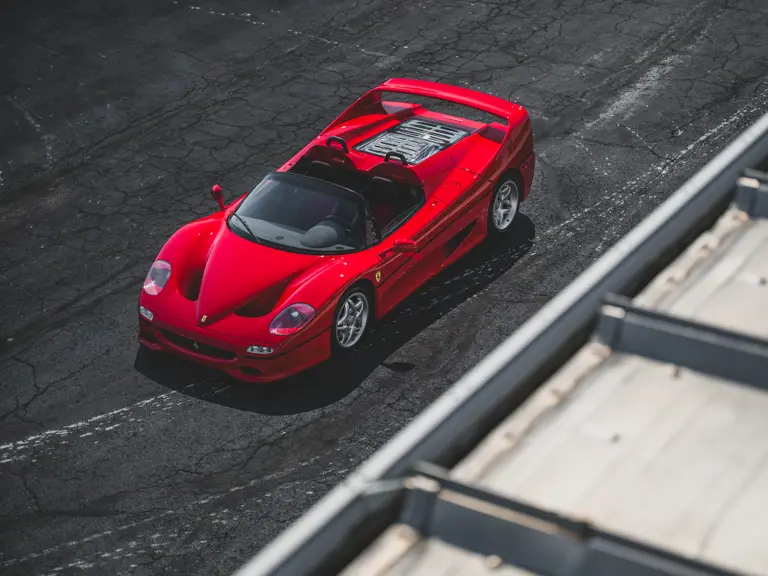
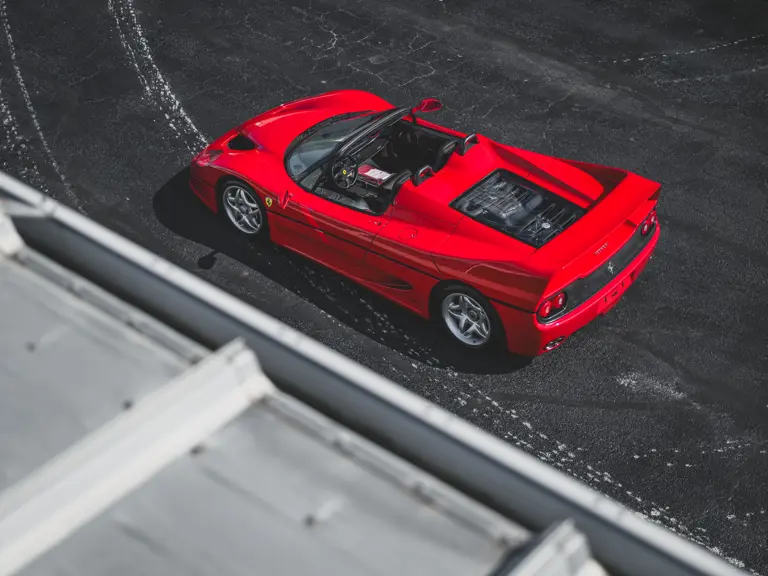
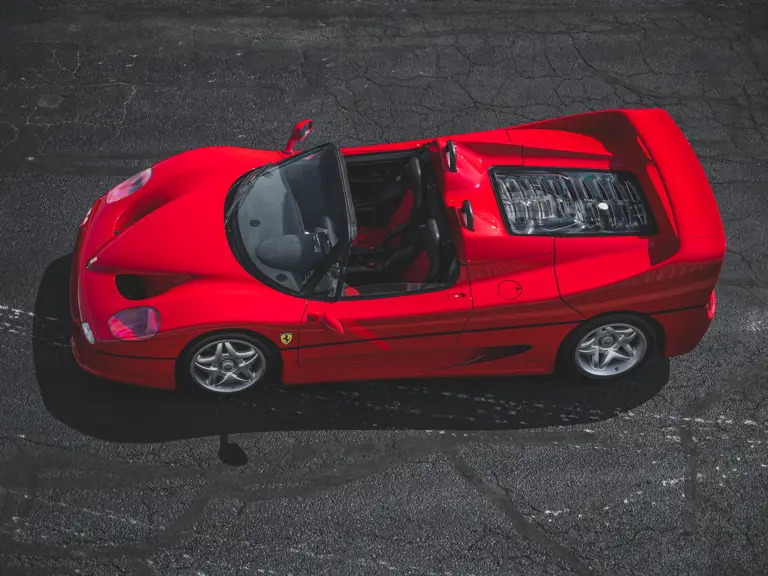
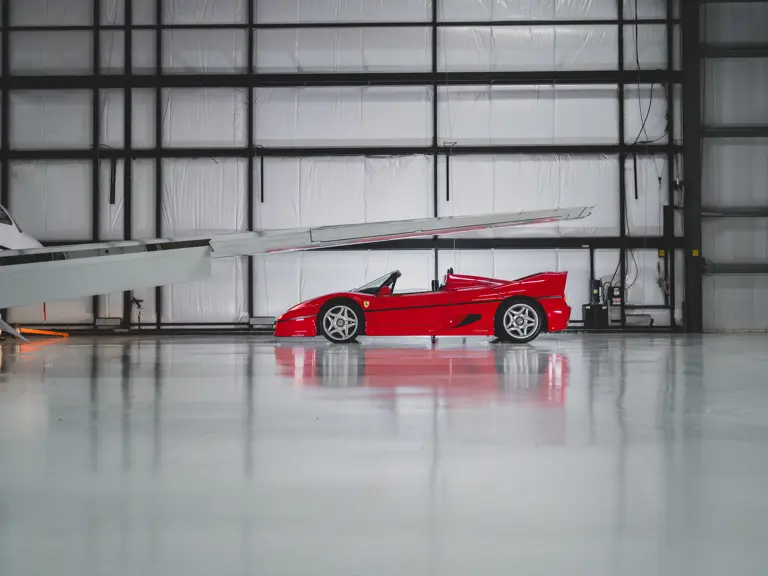
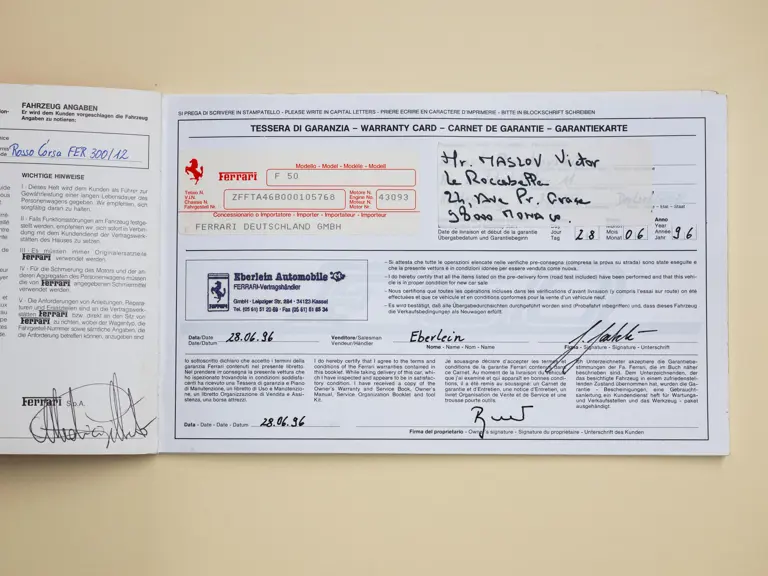
 | Coral Gables, Florida
| Coral Gables, Florida
